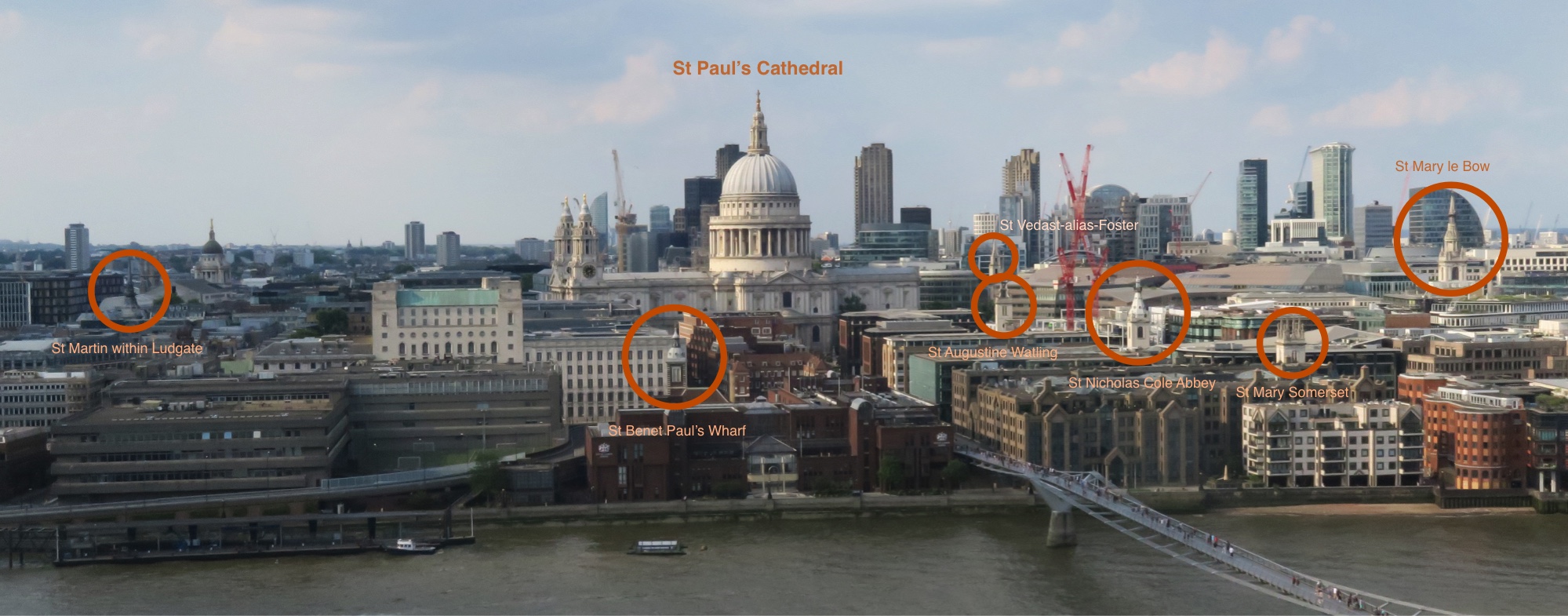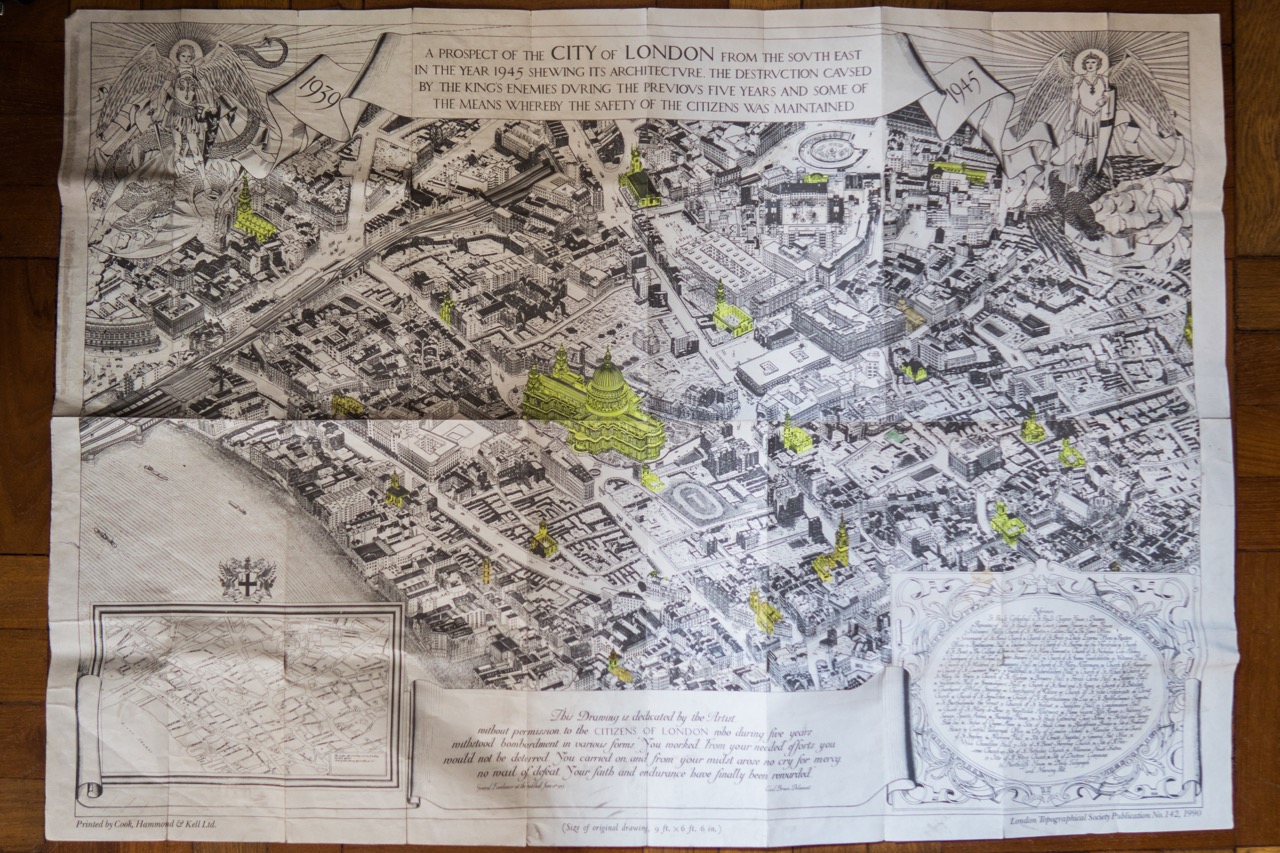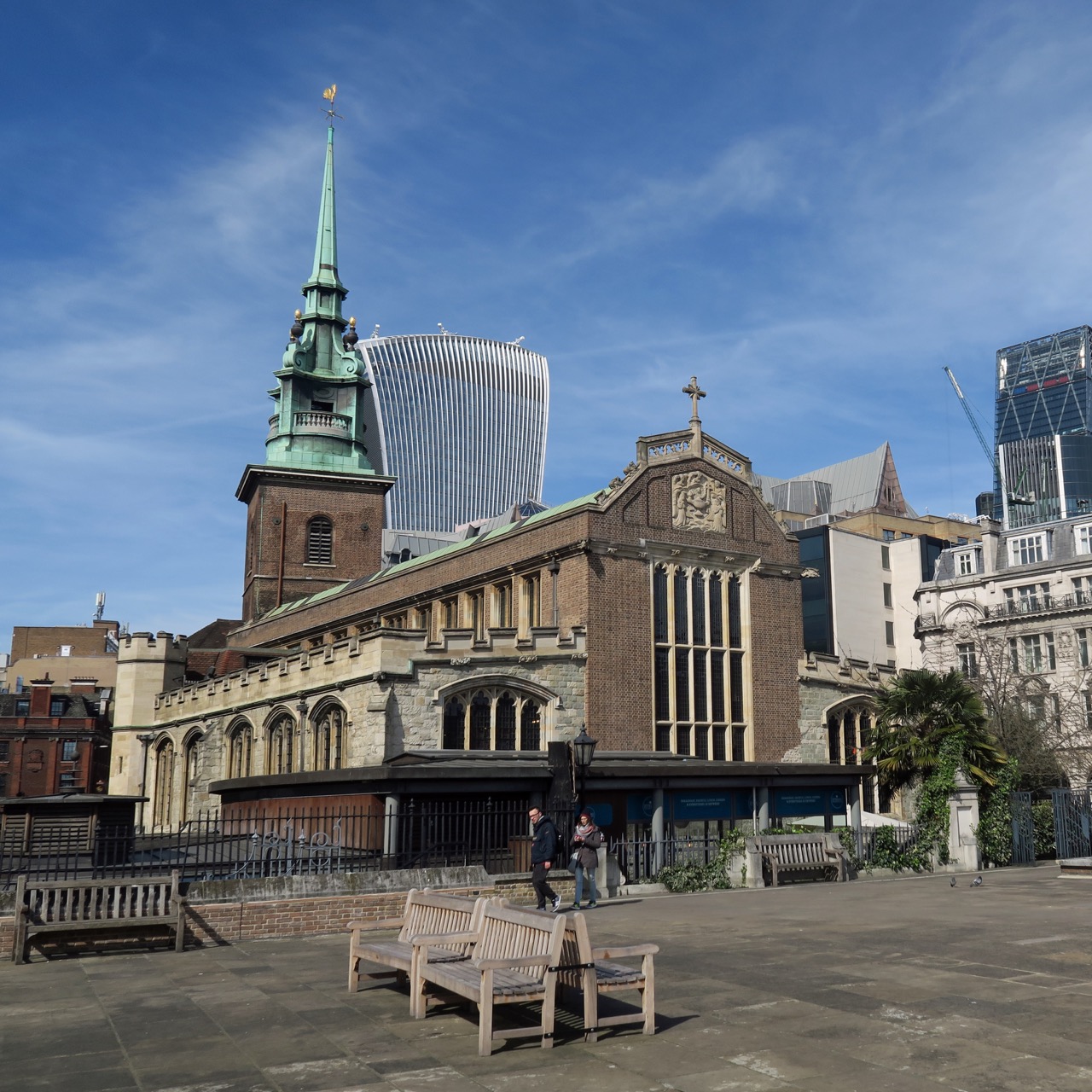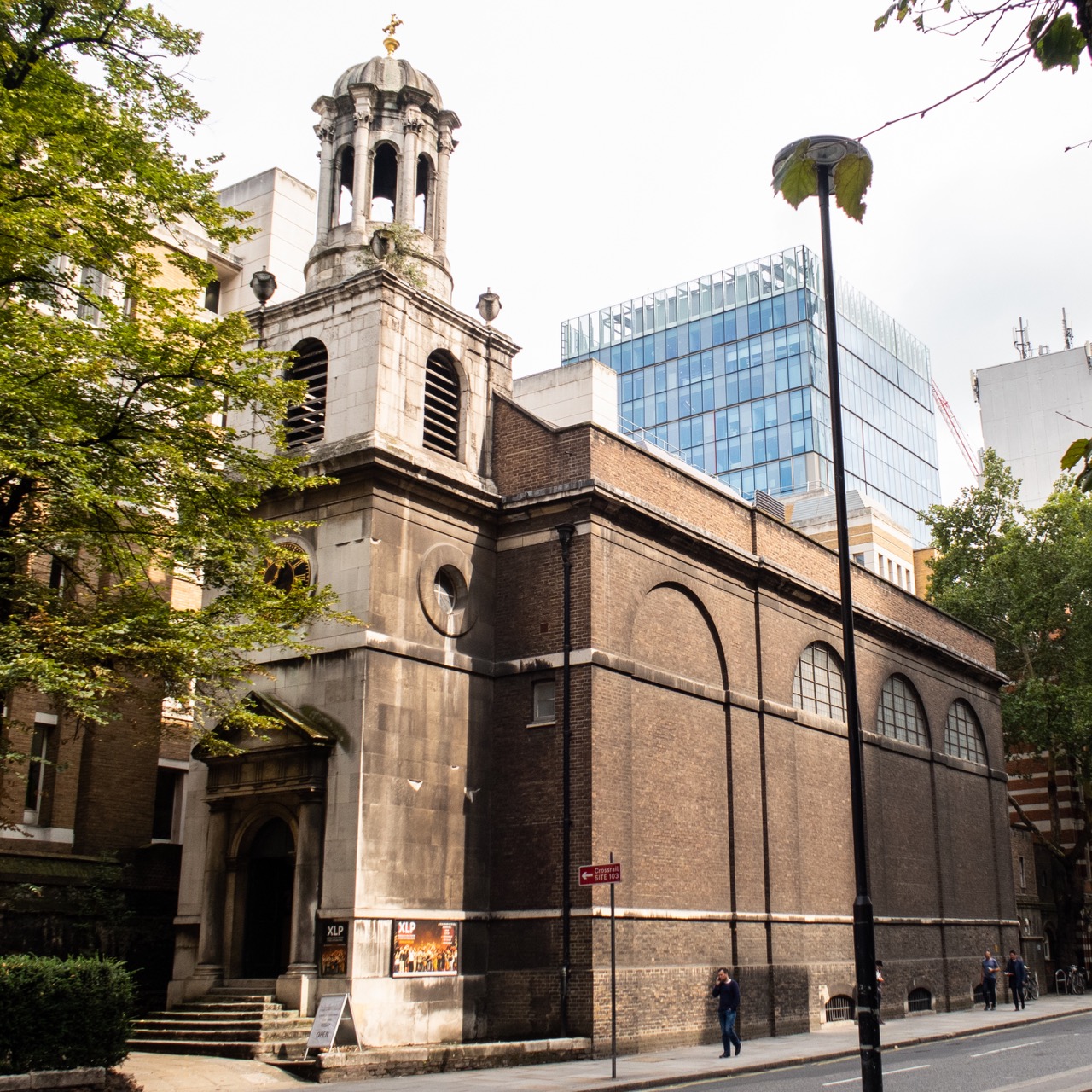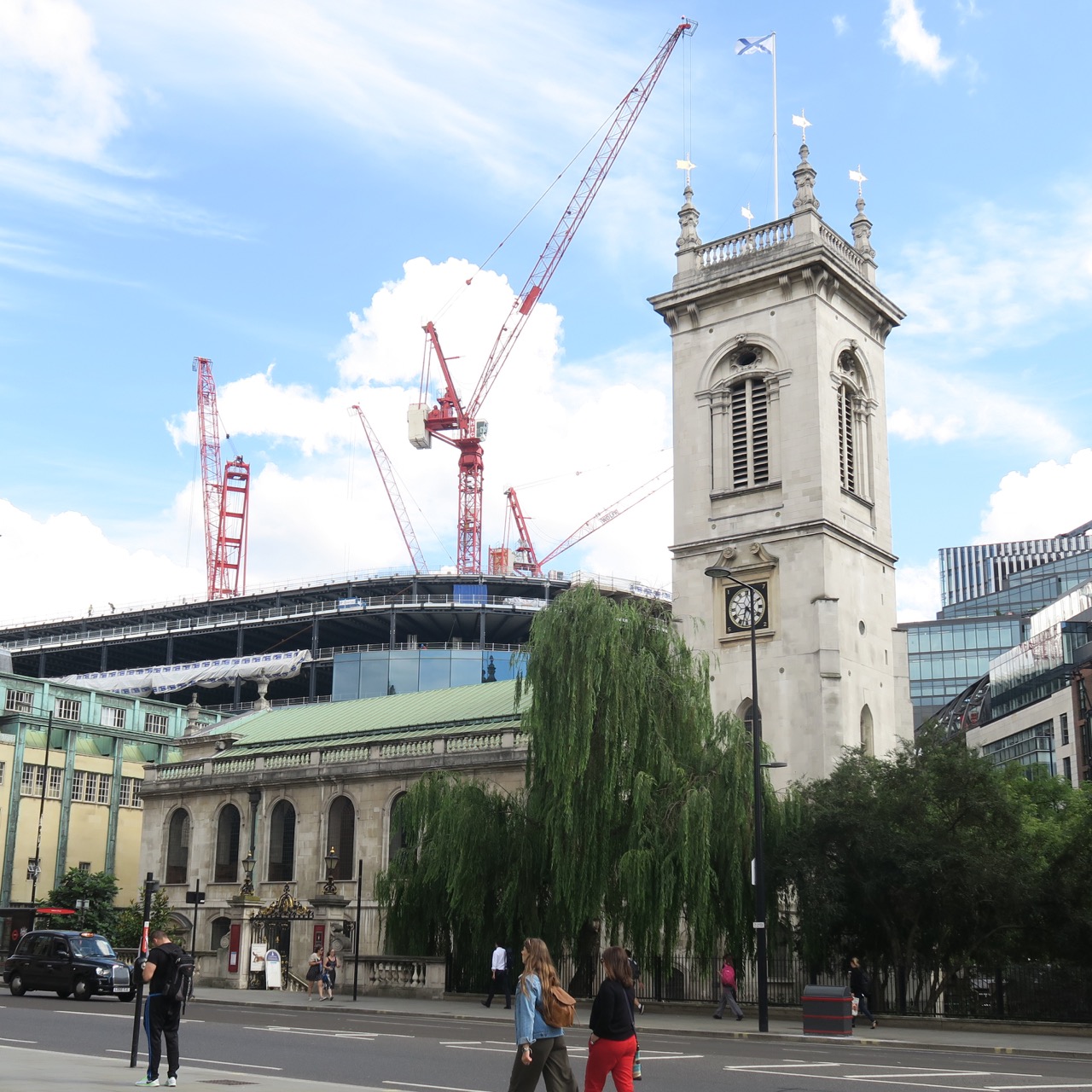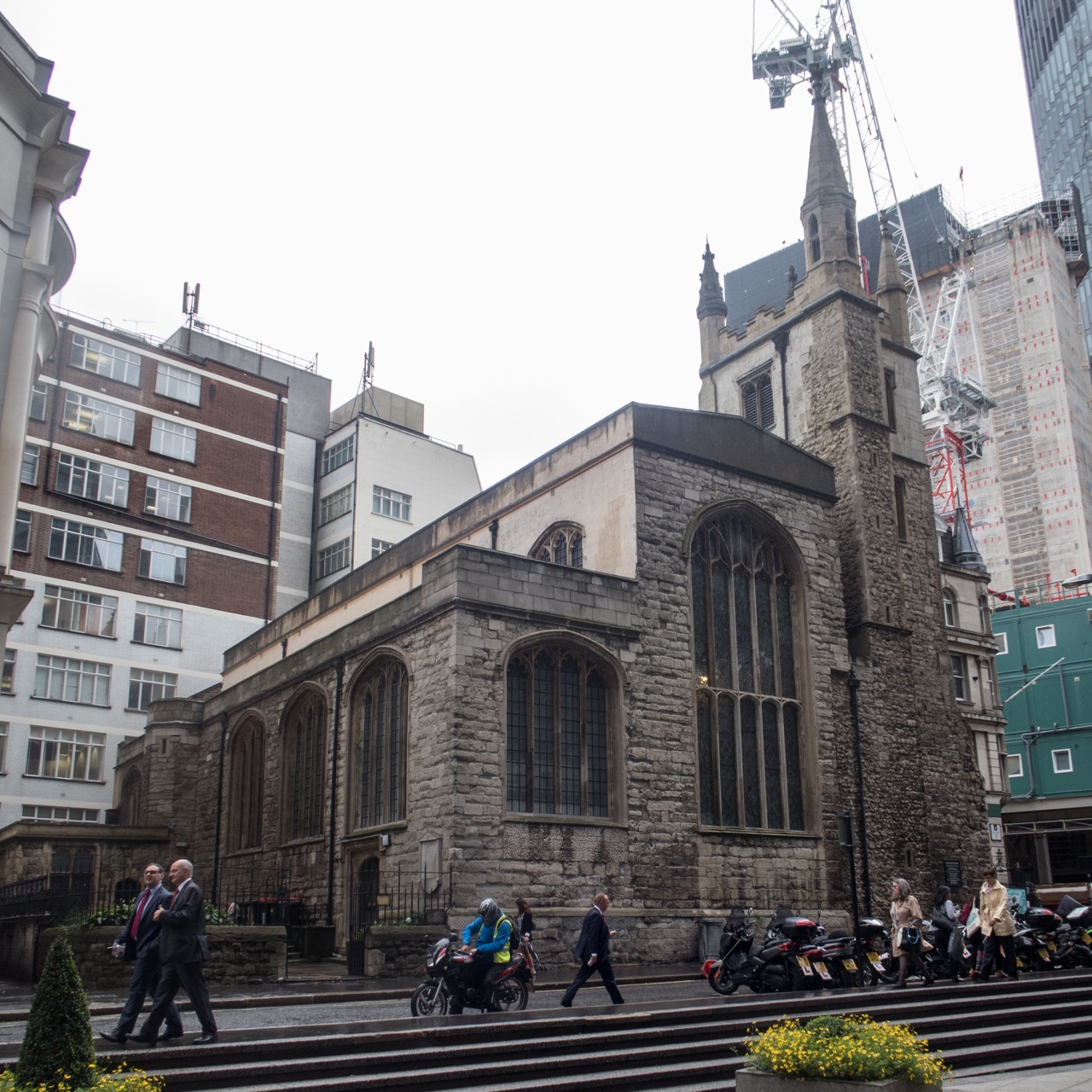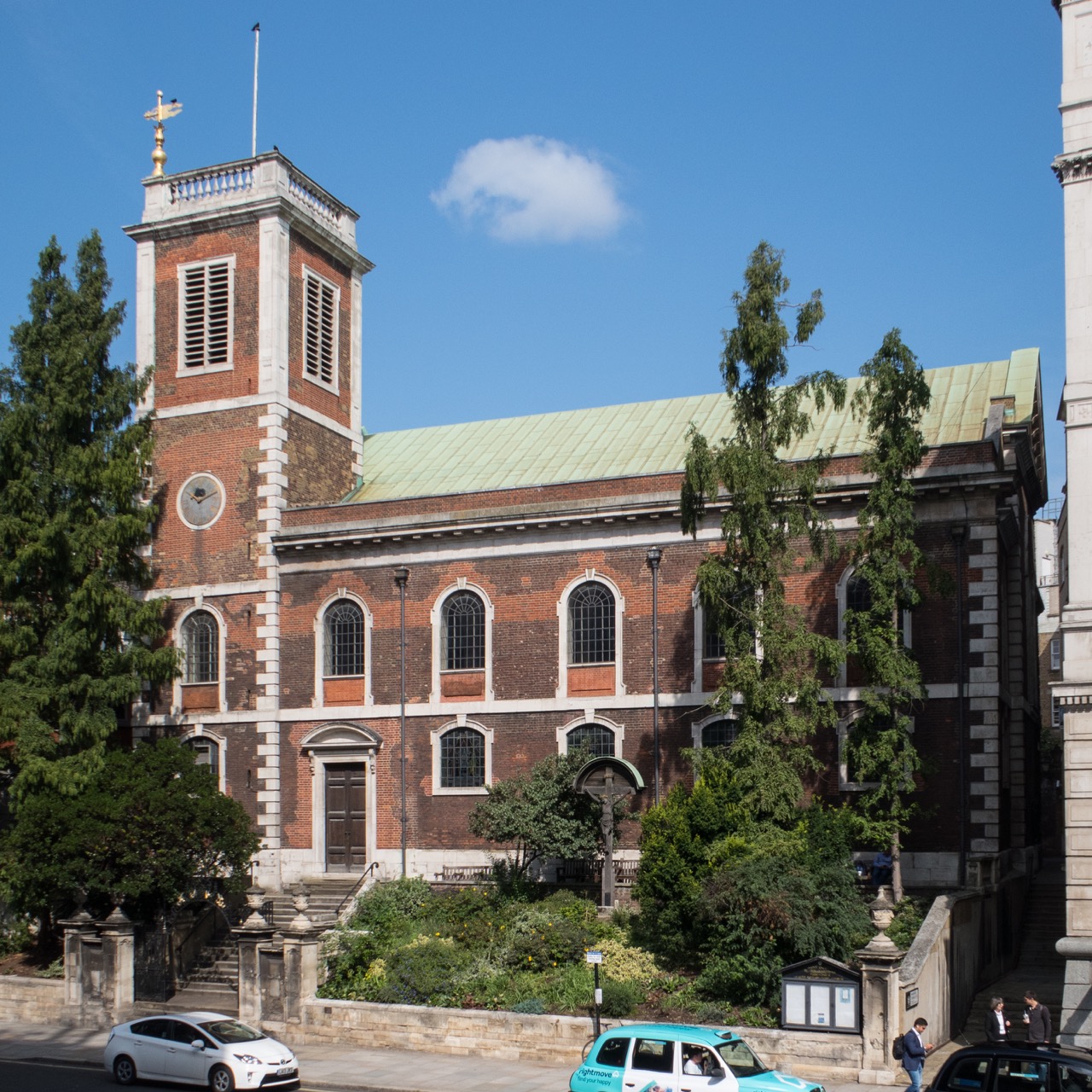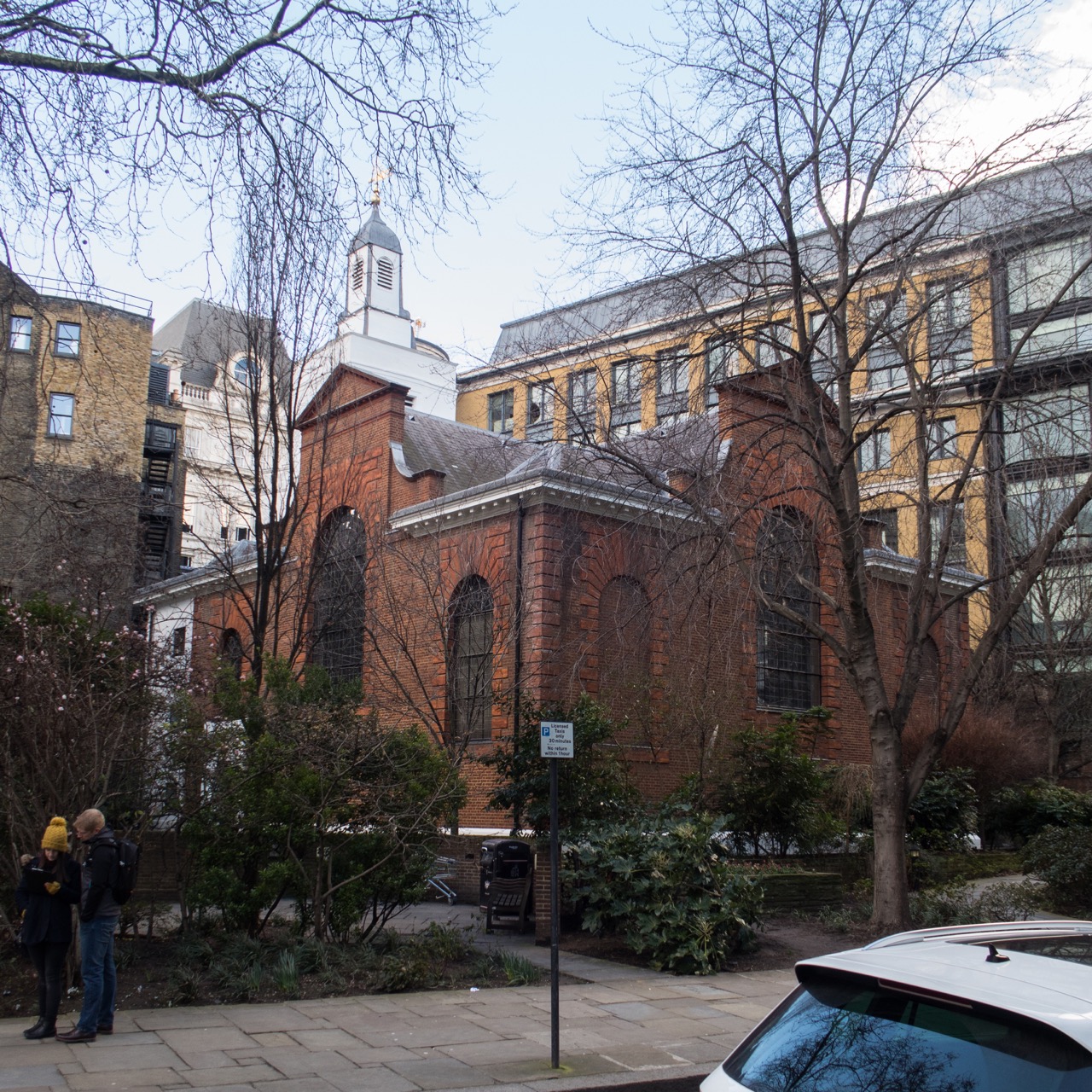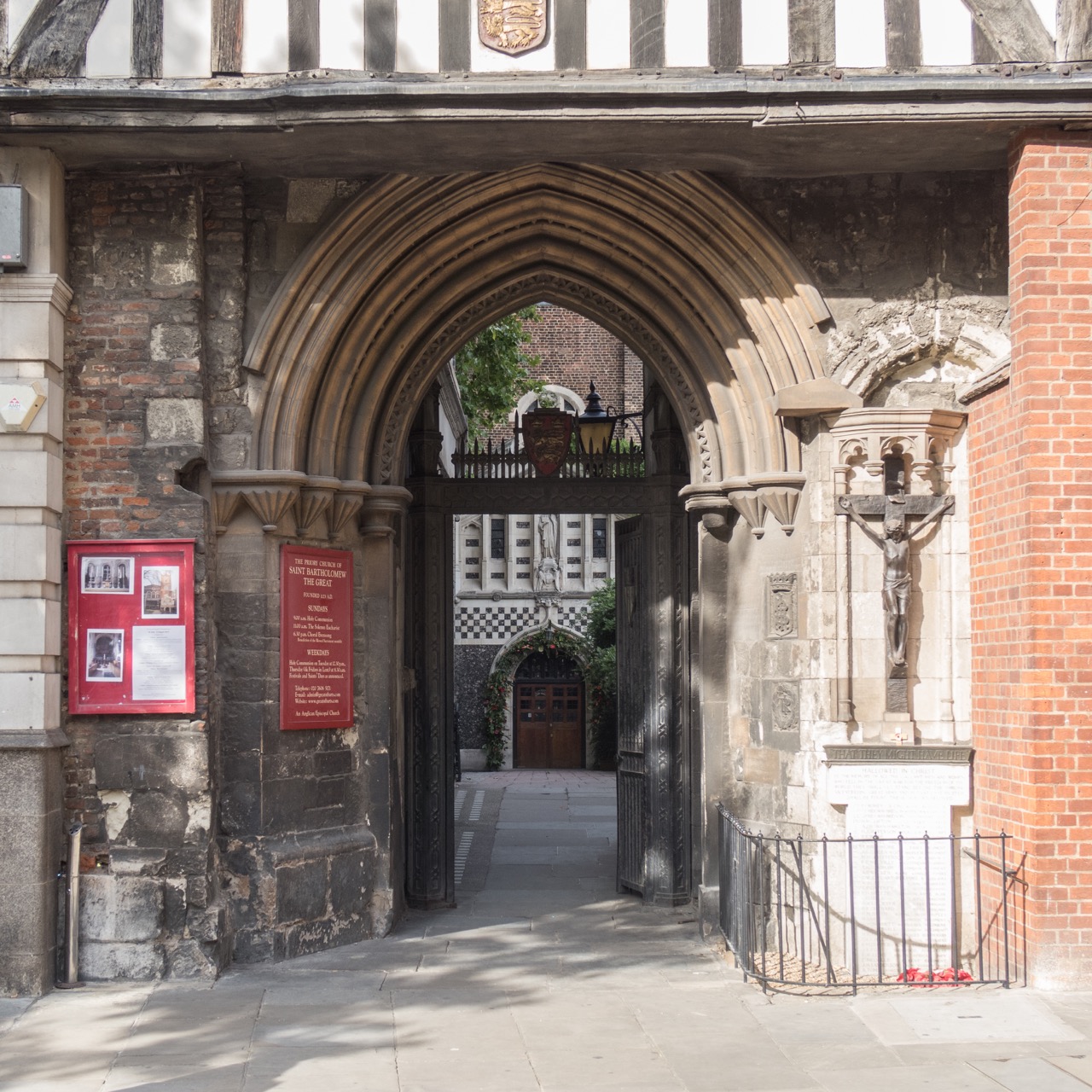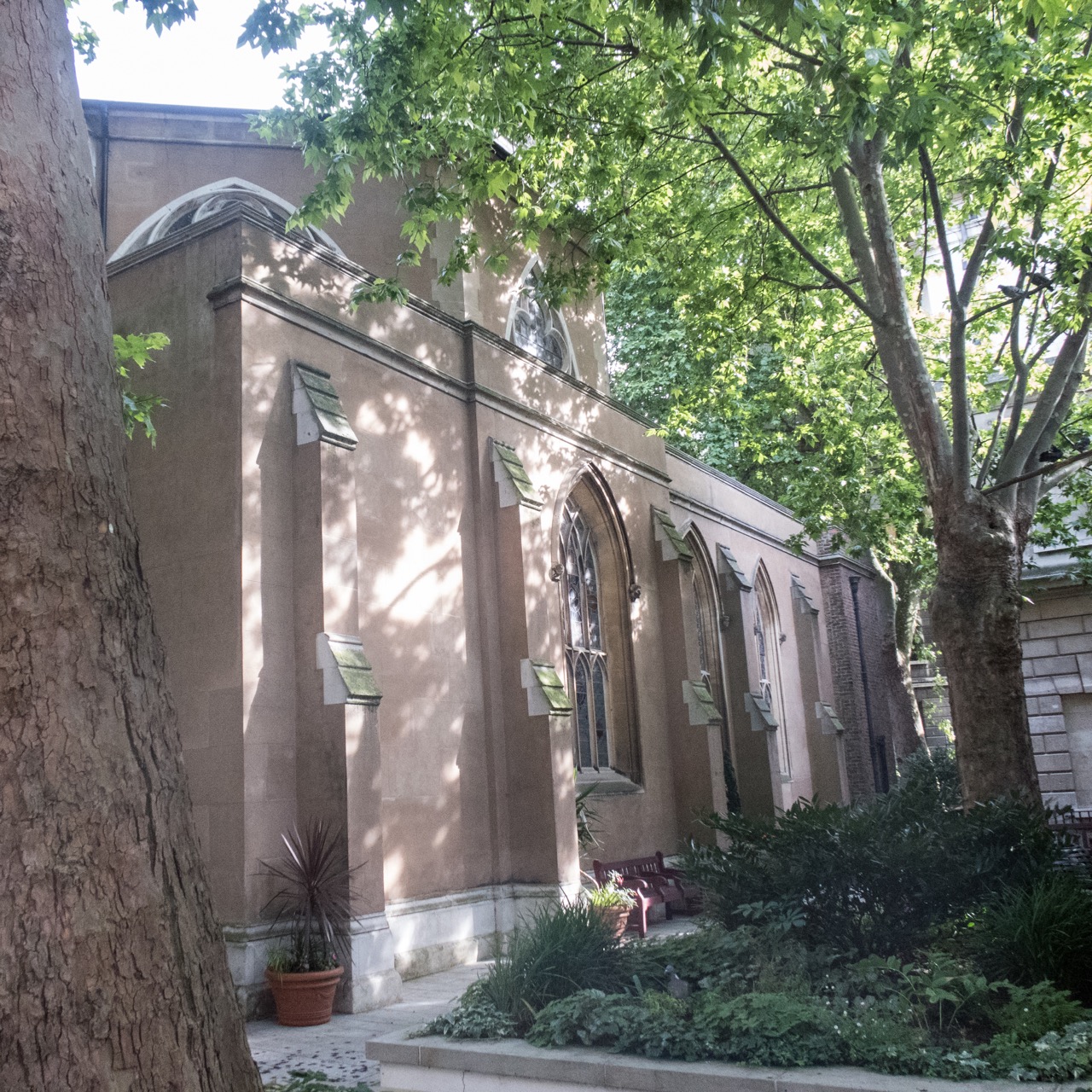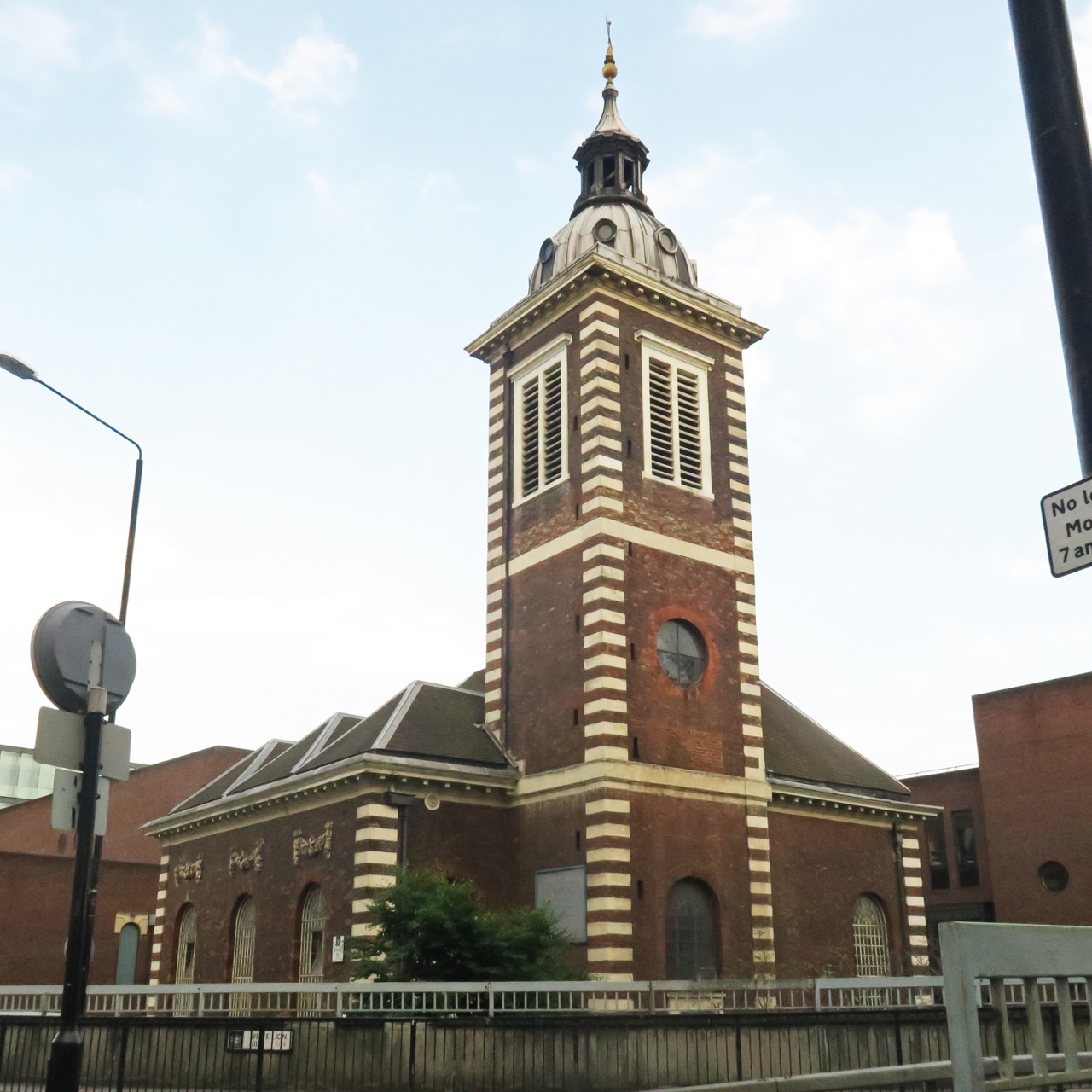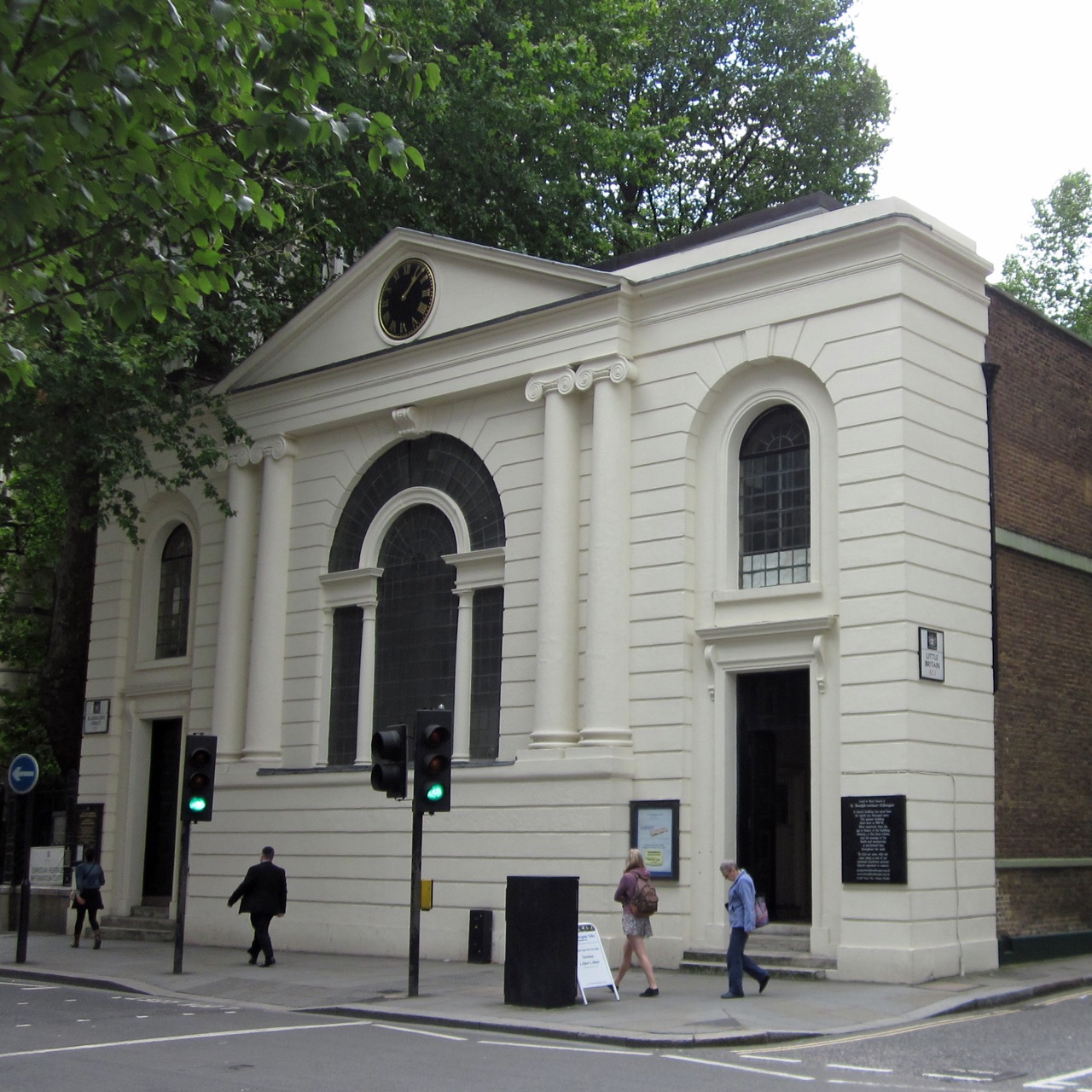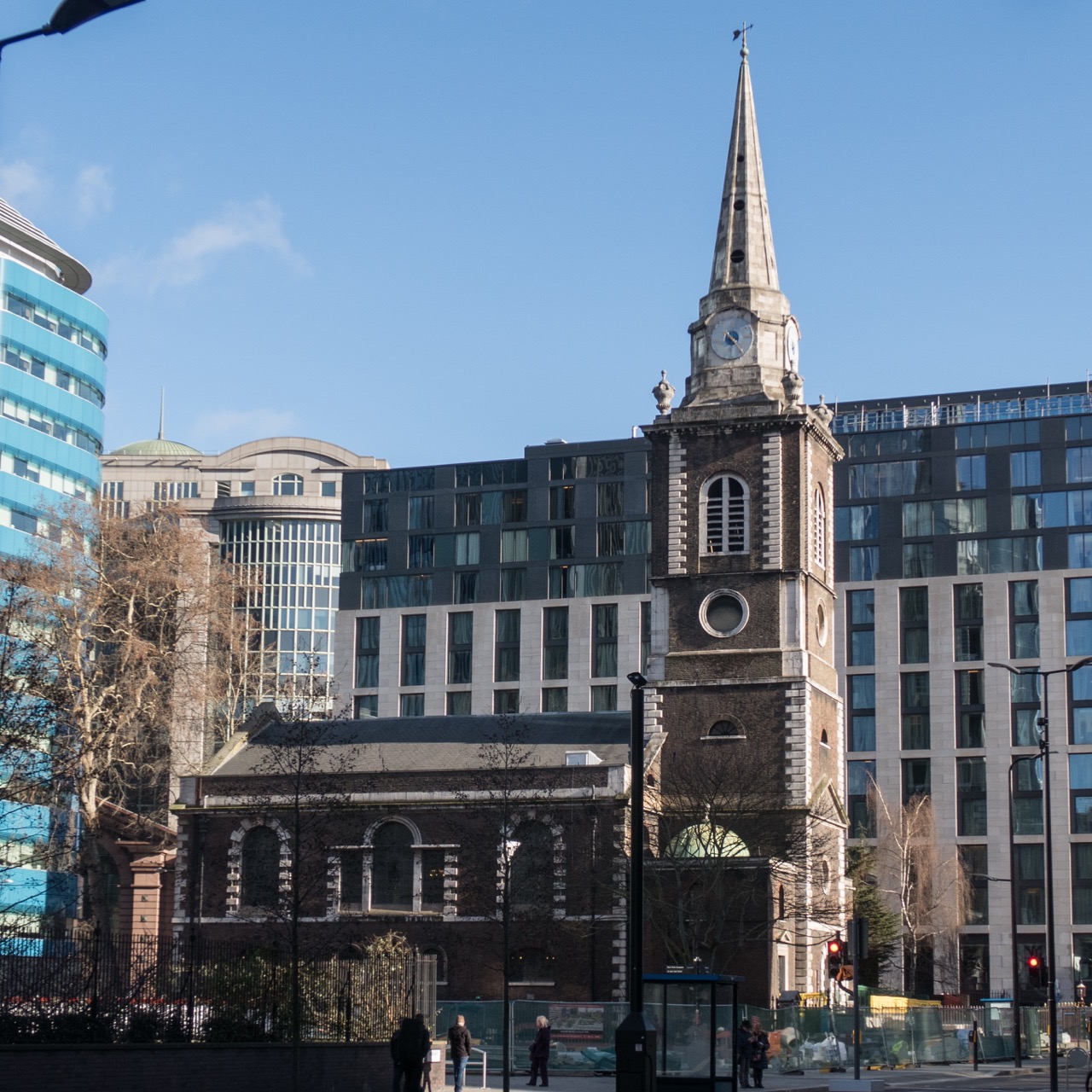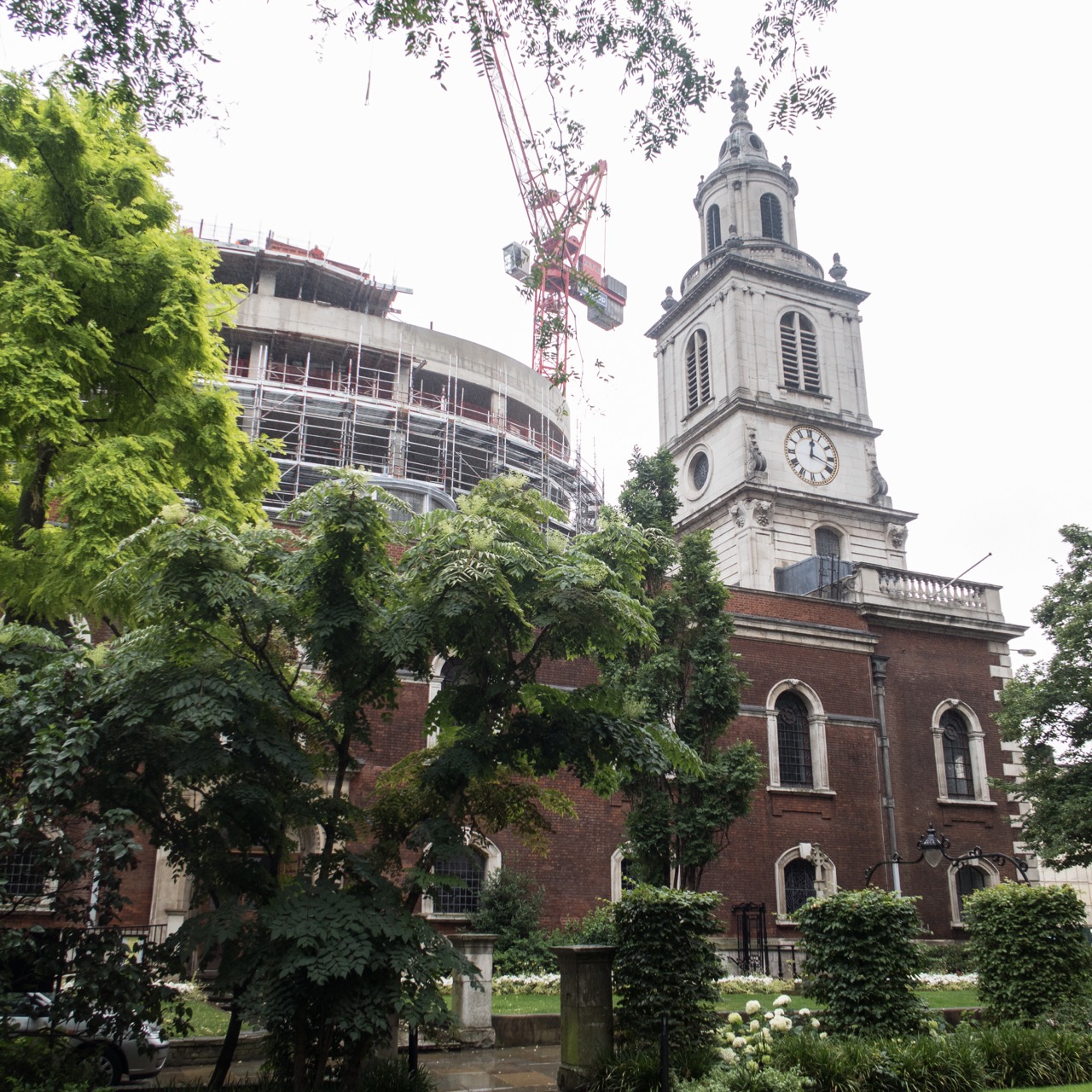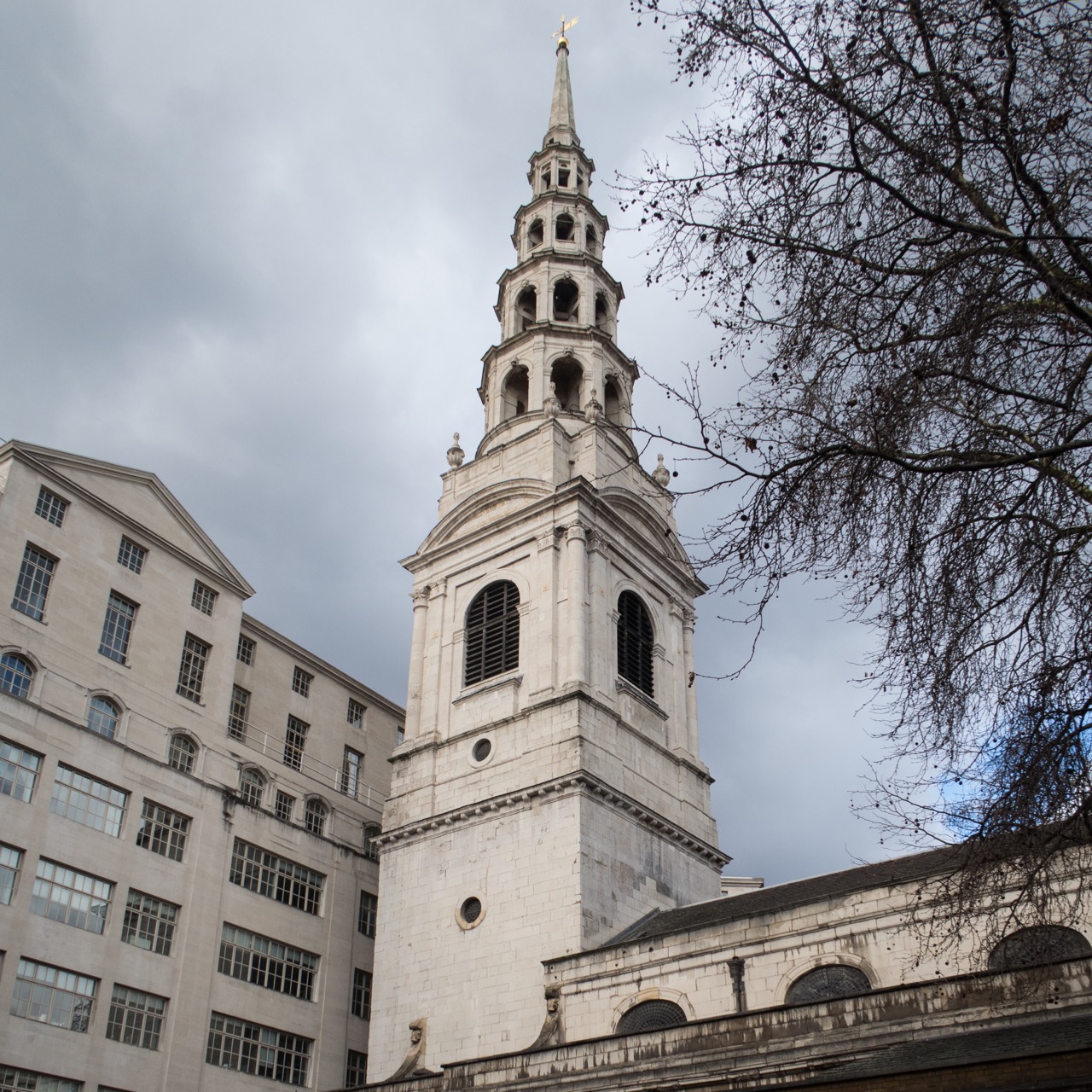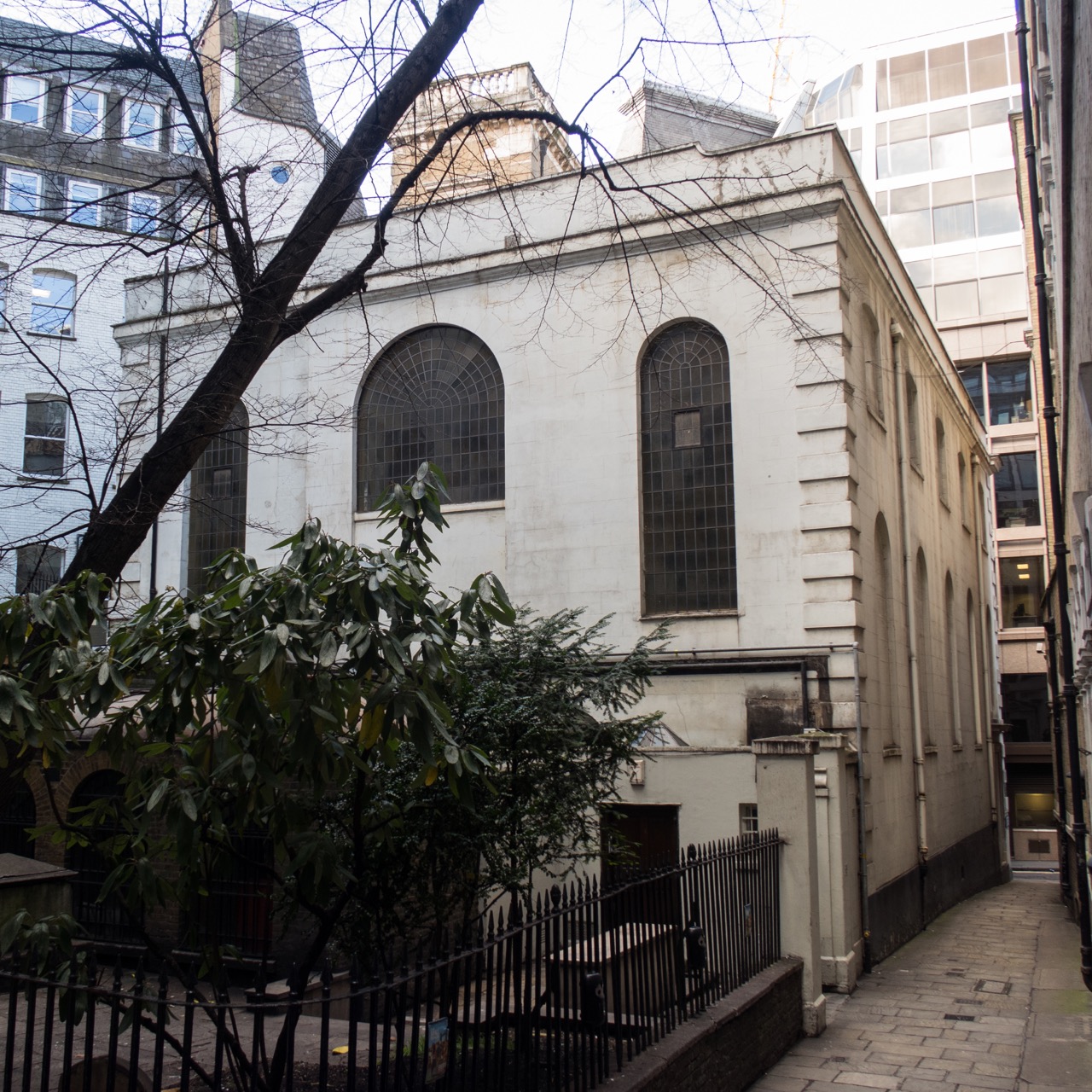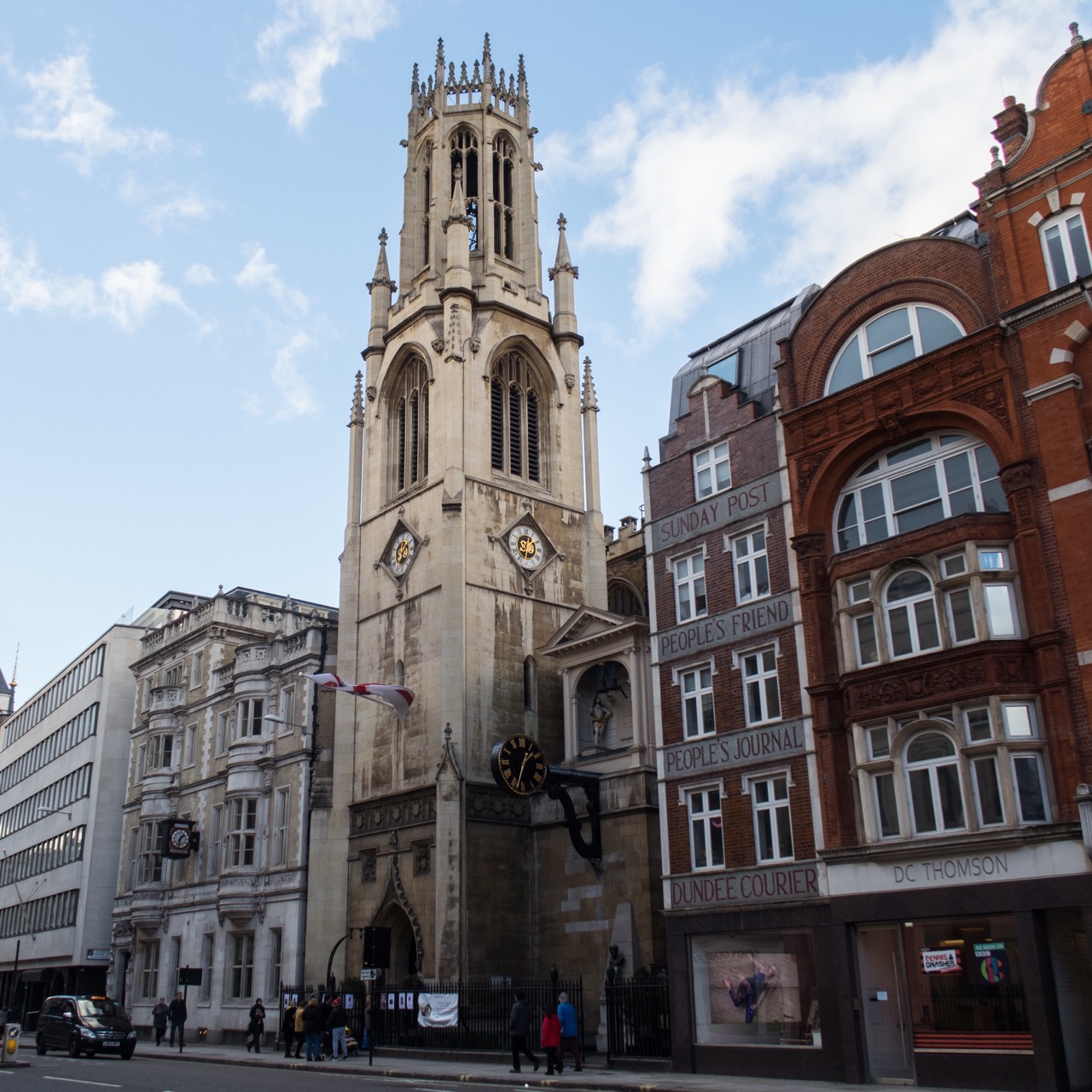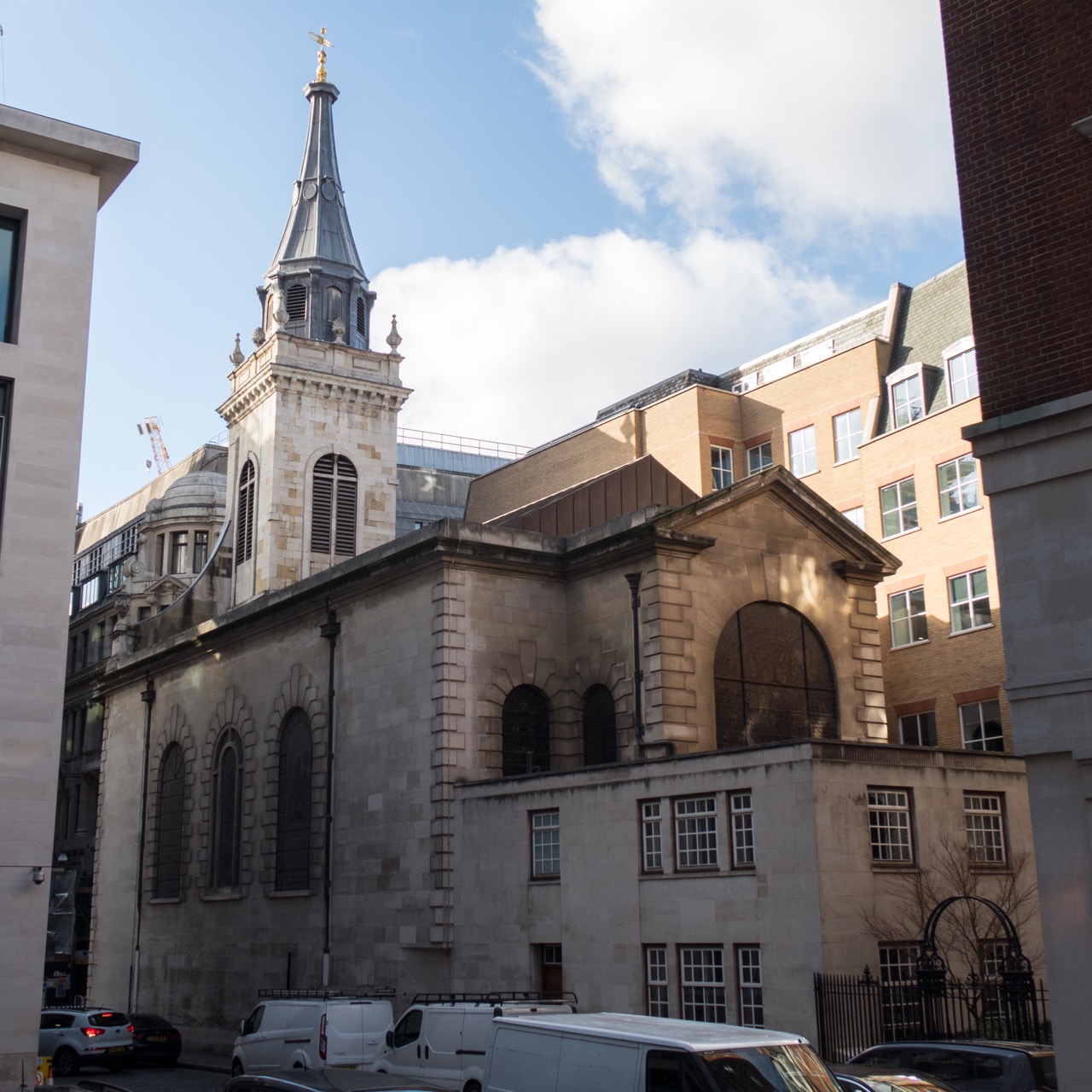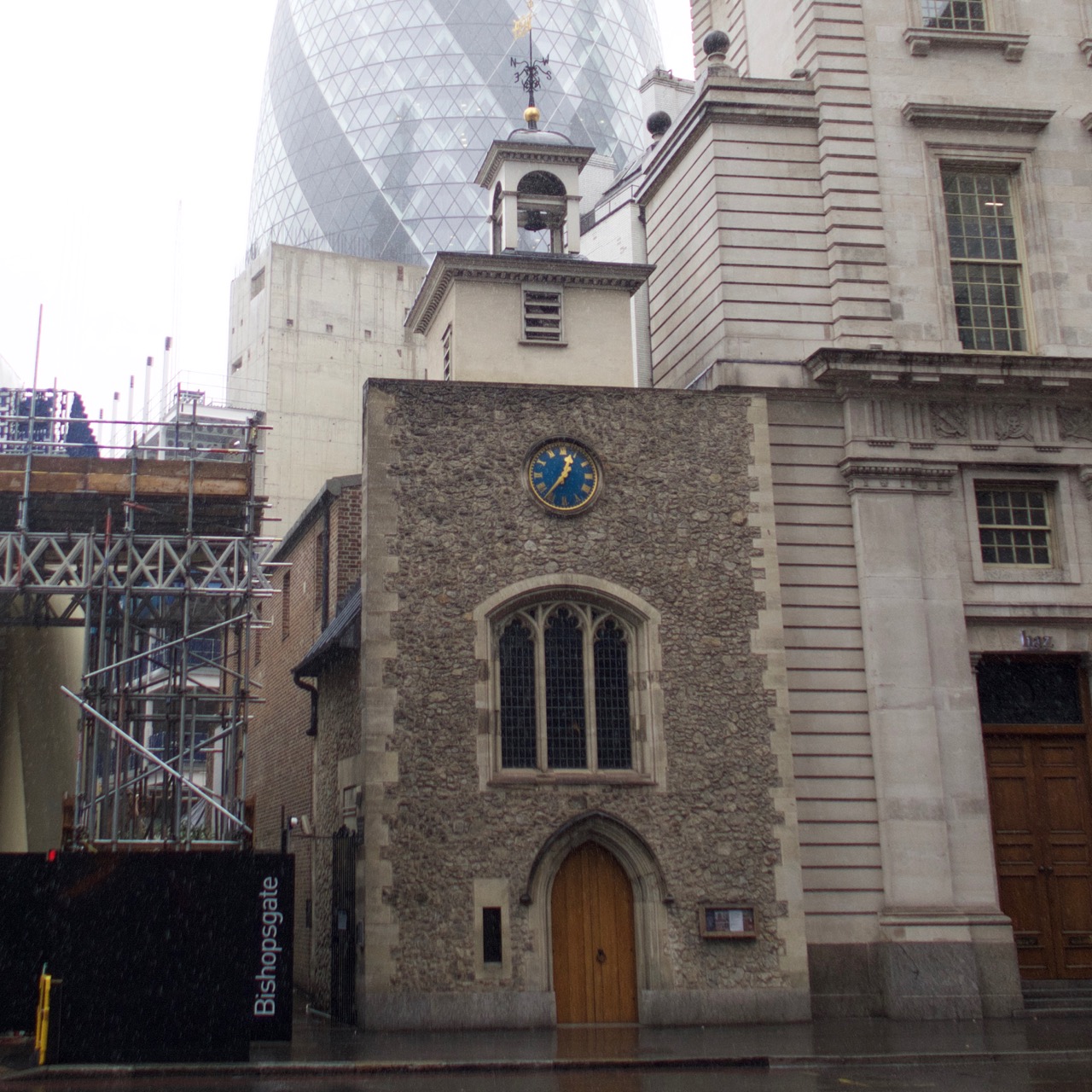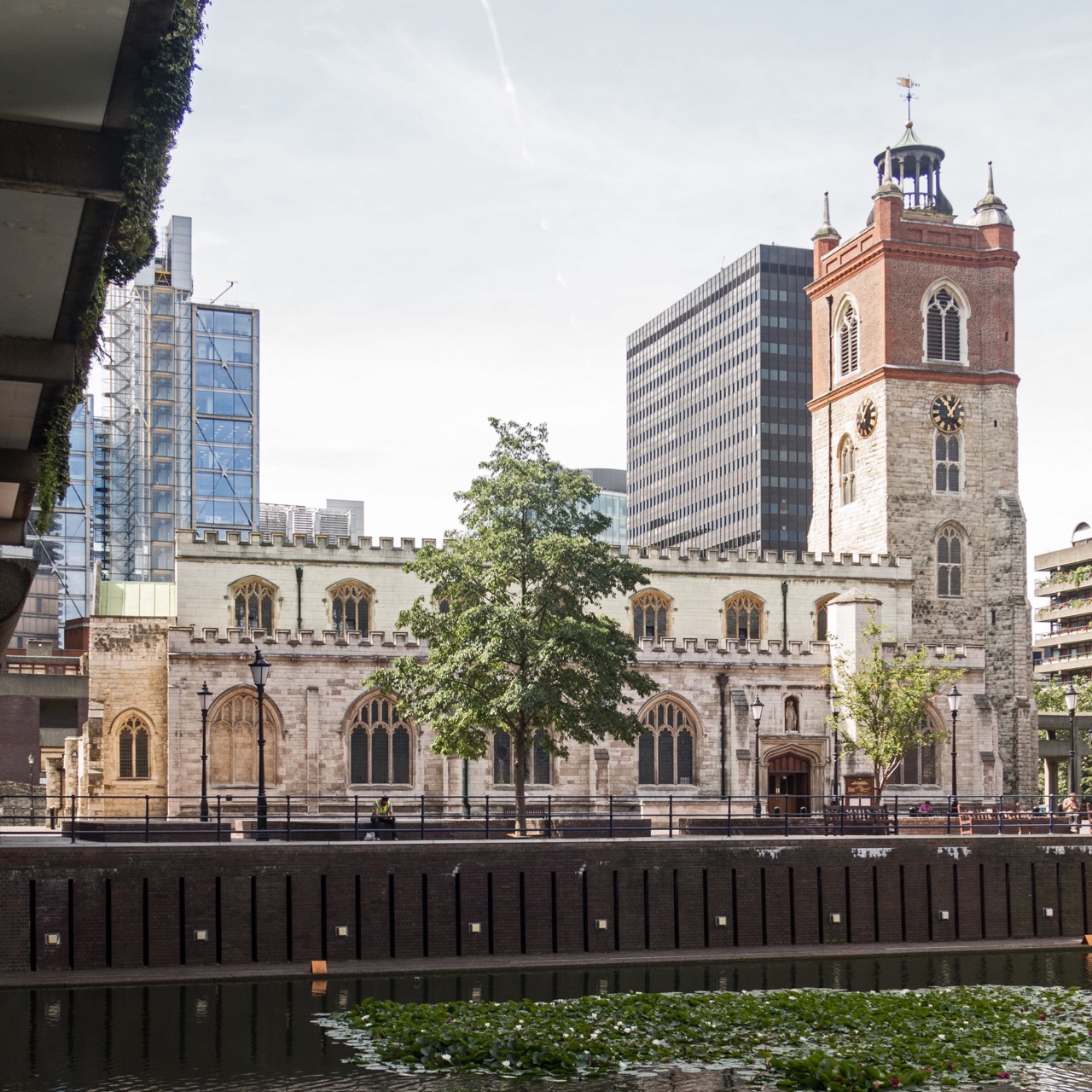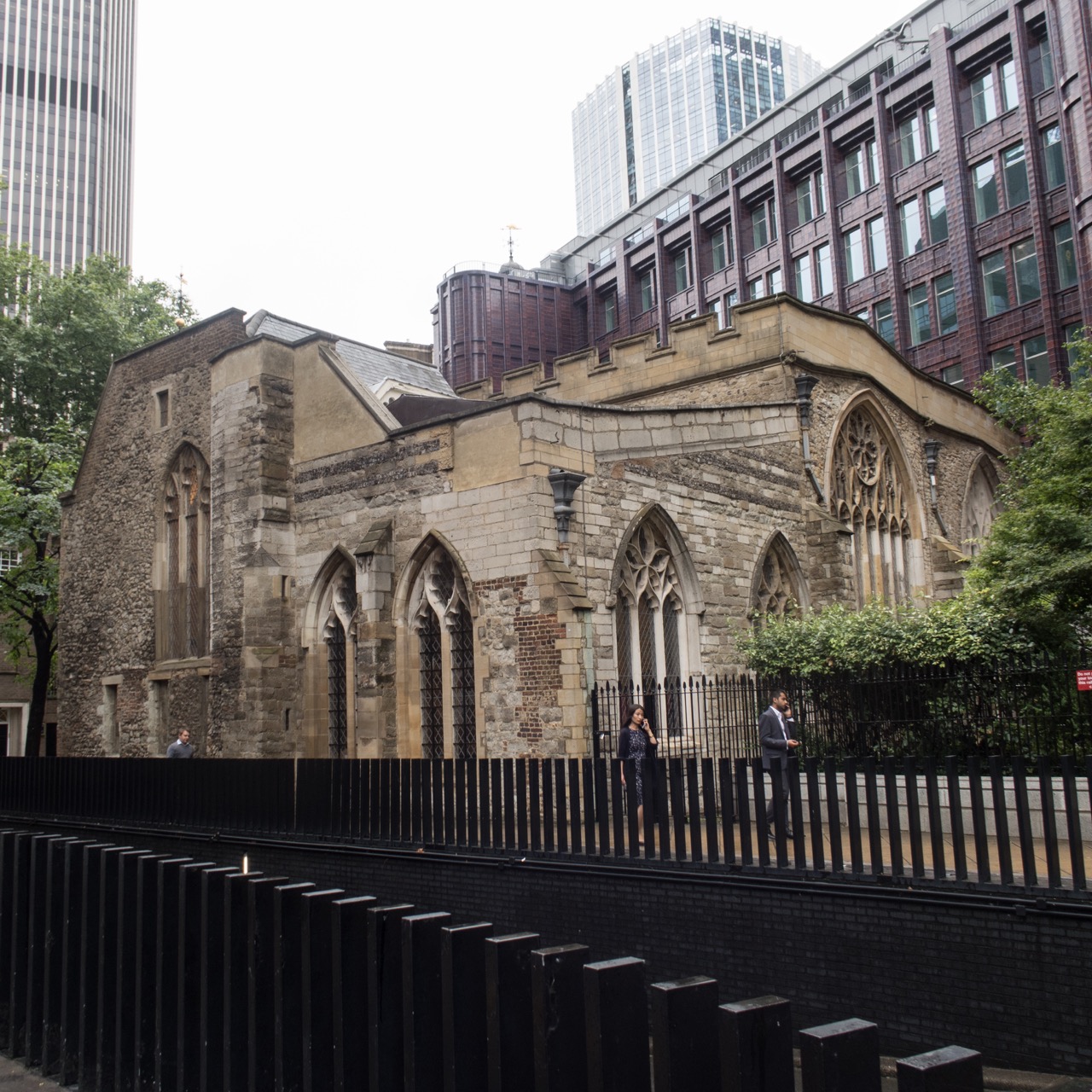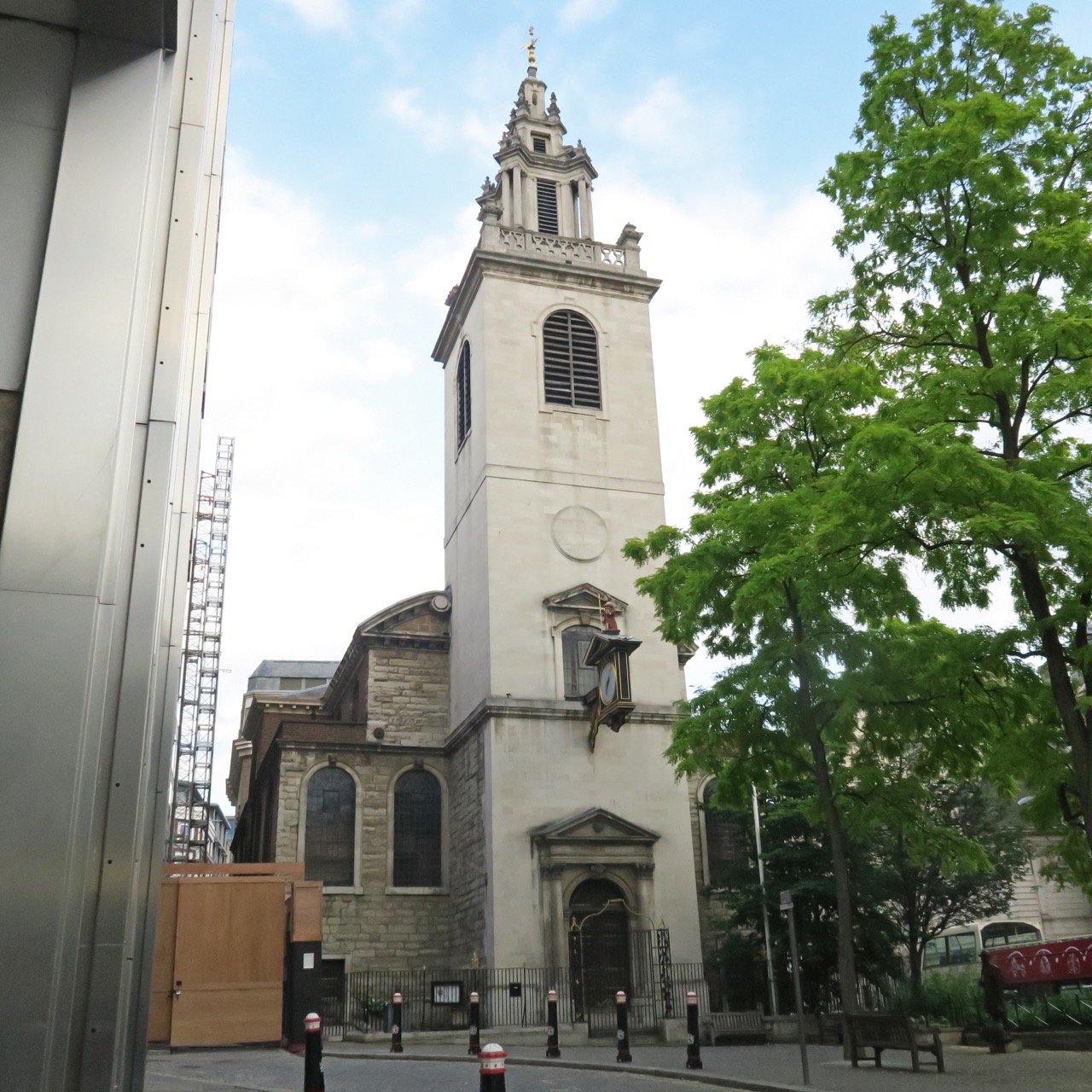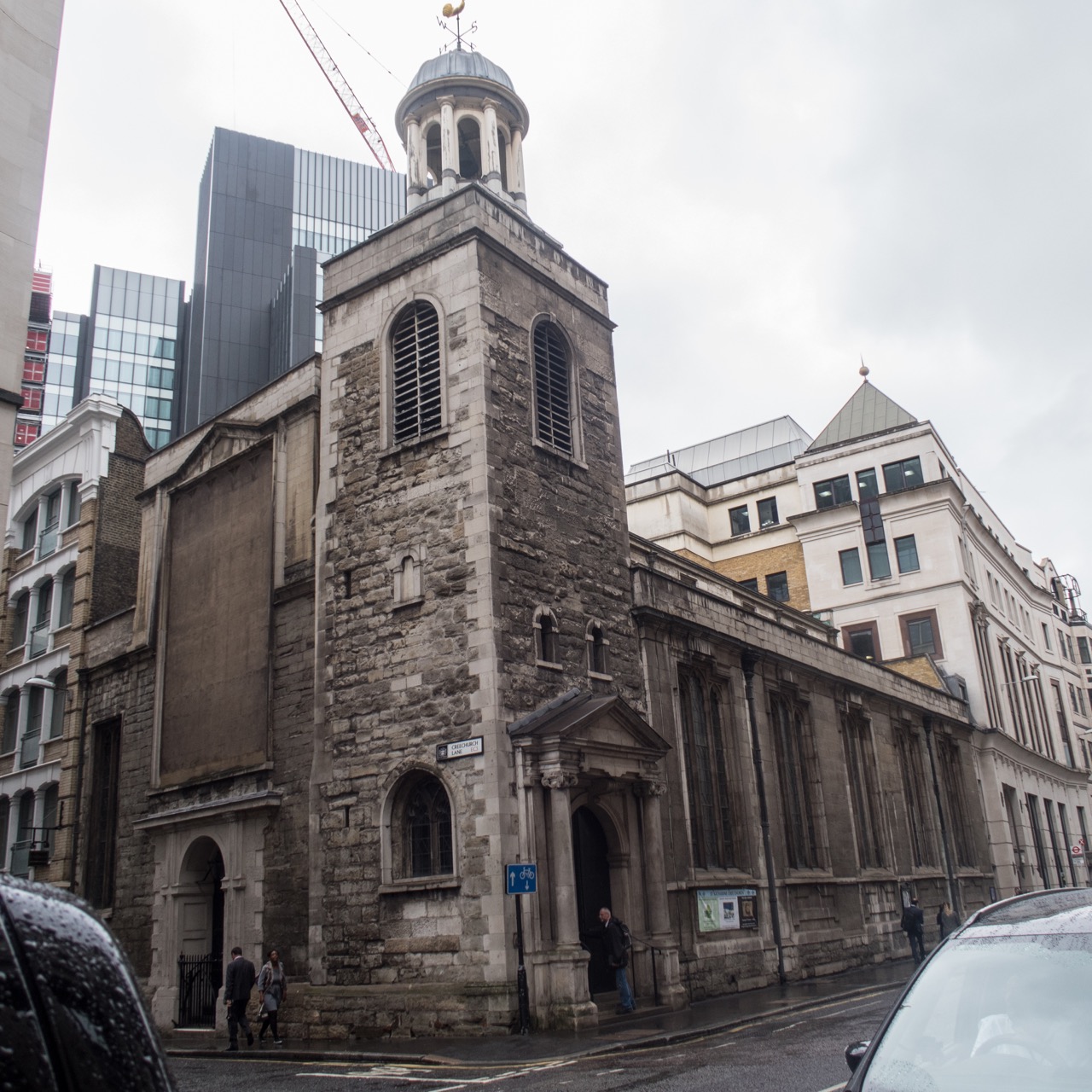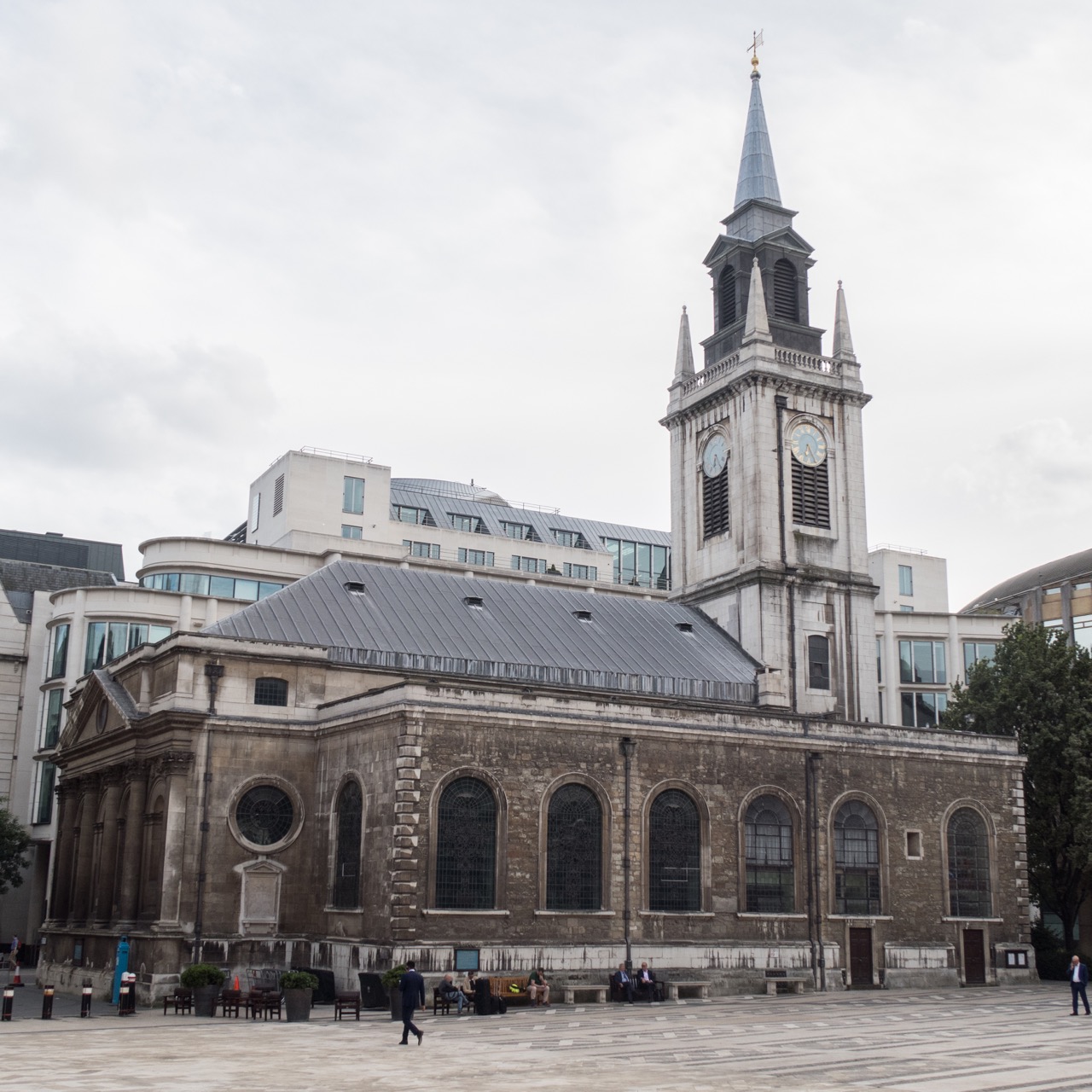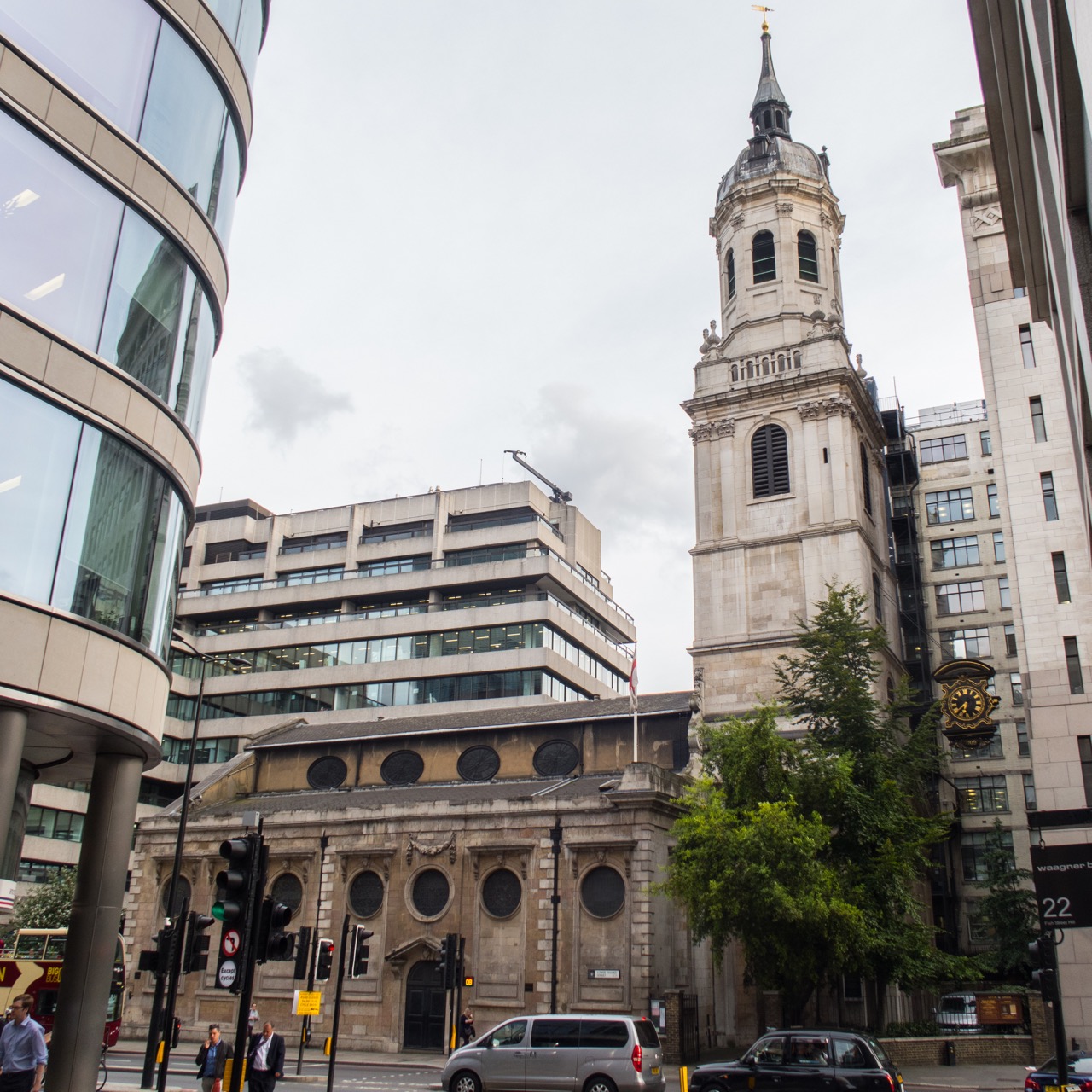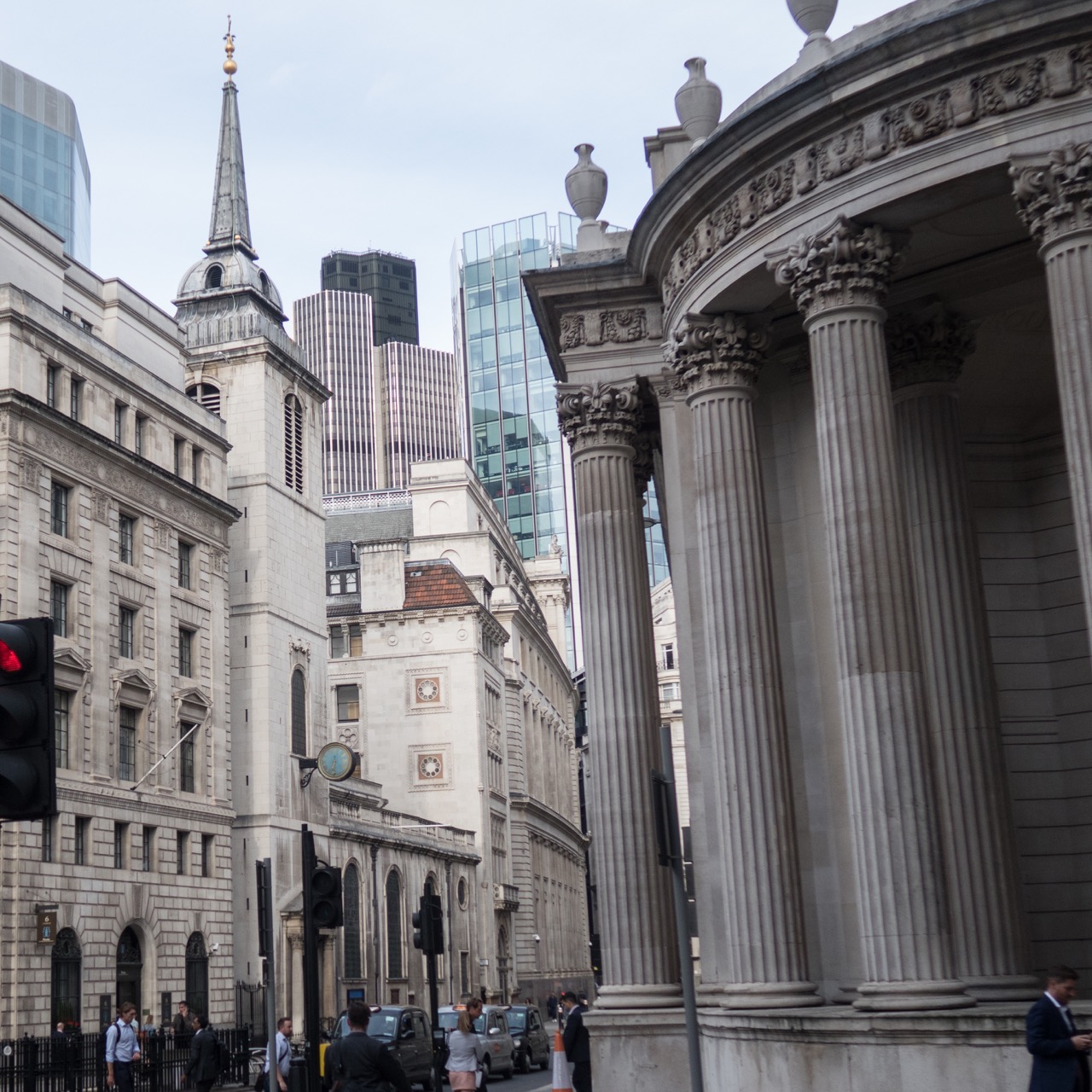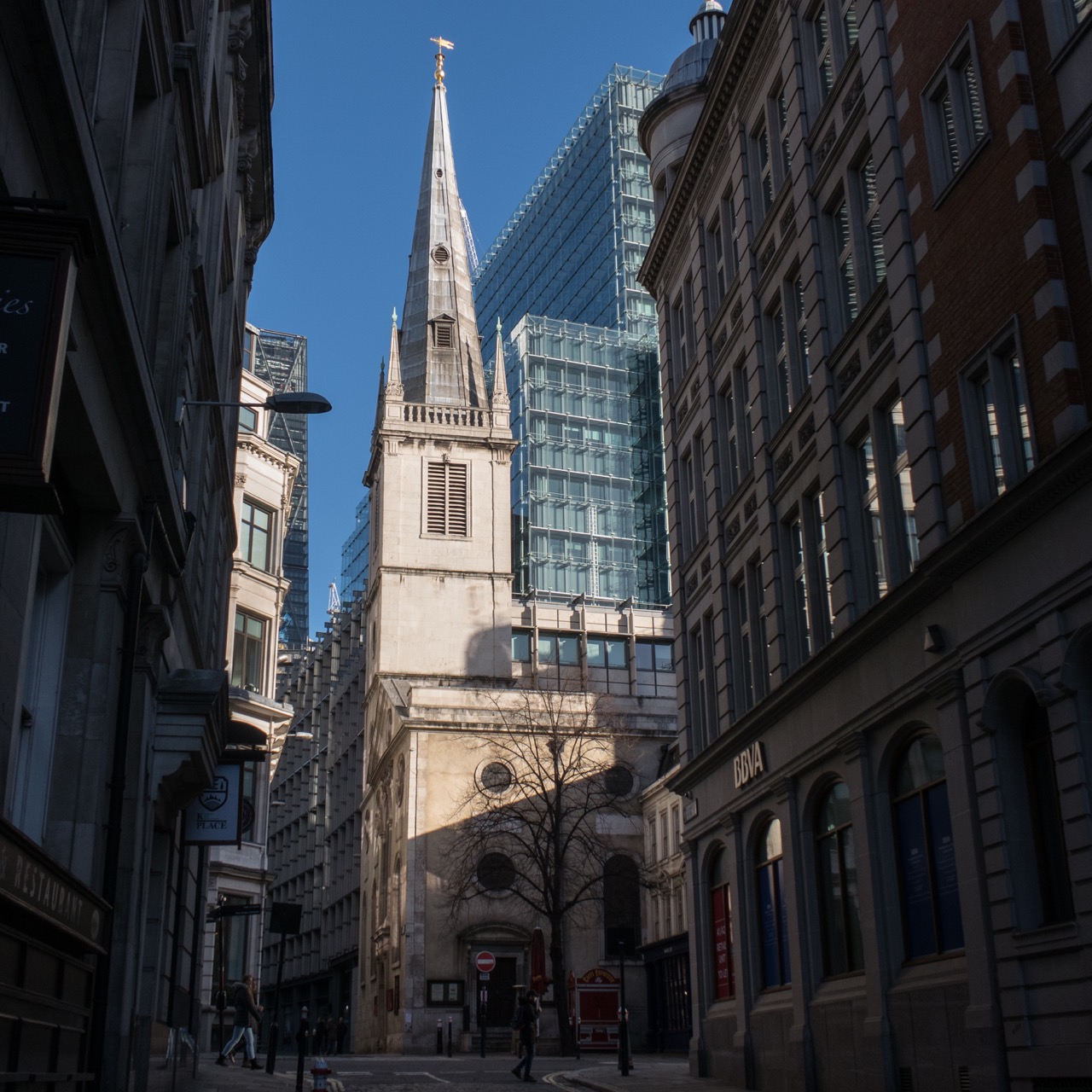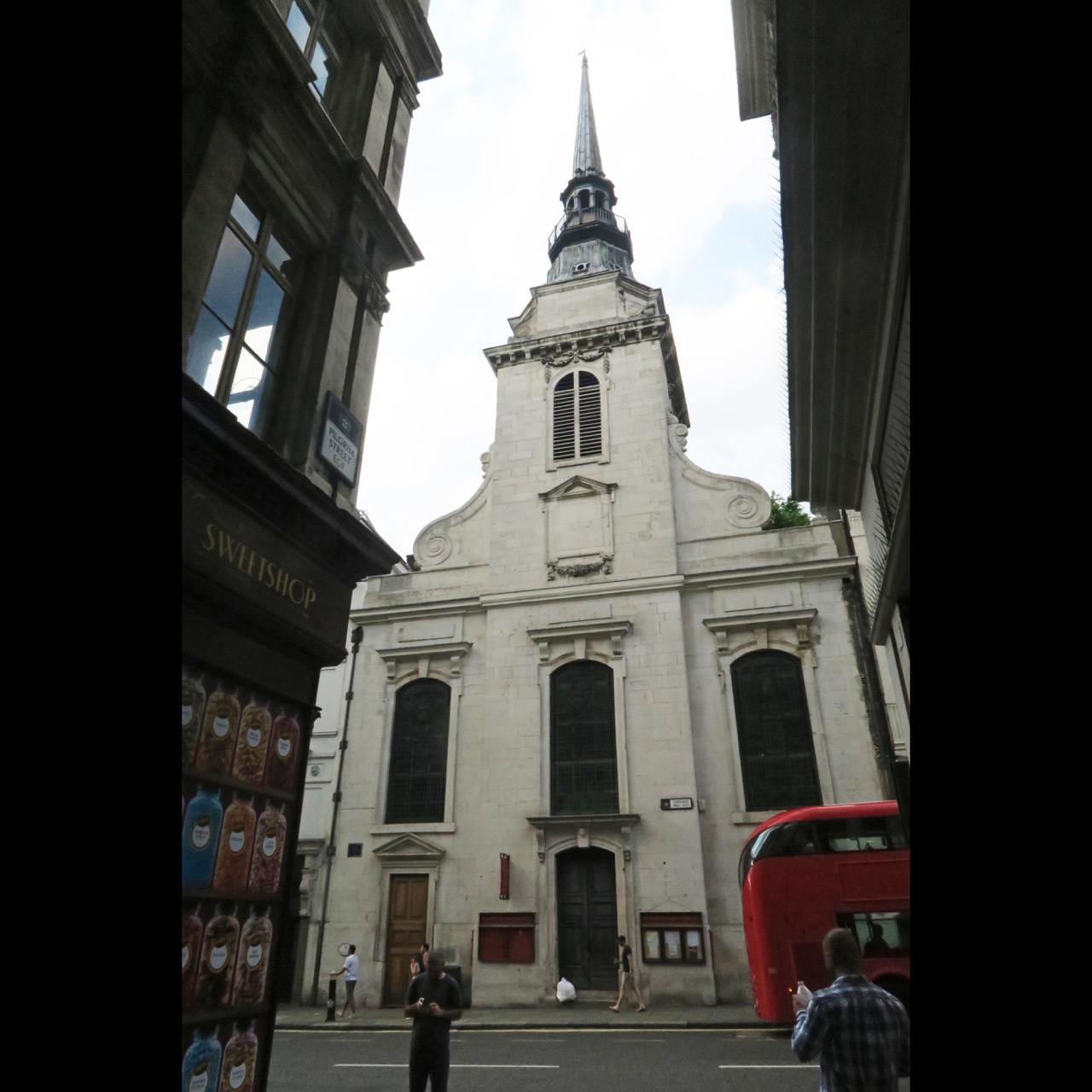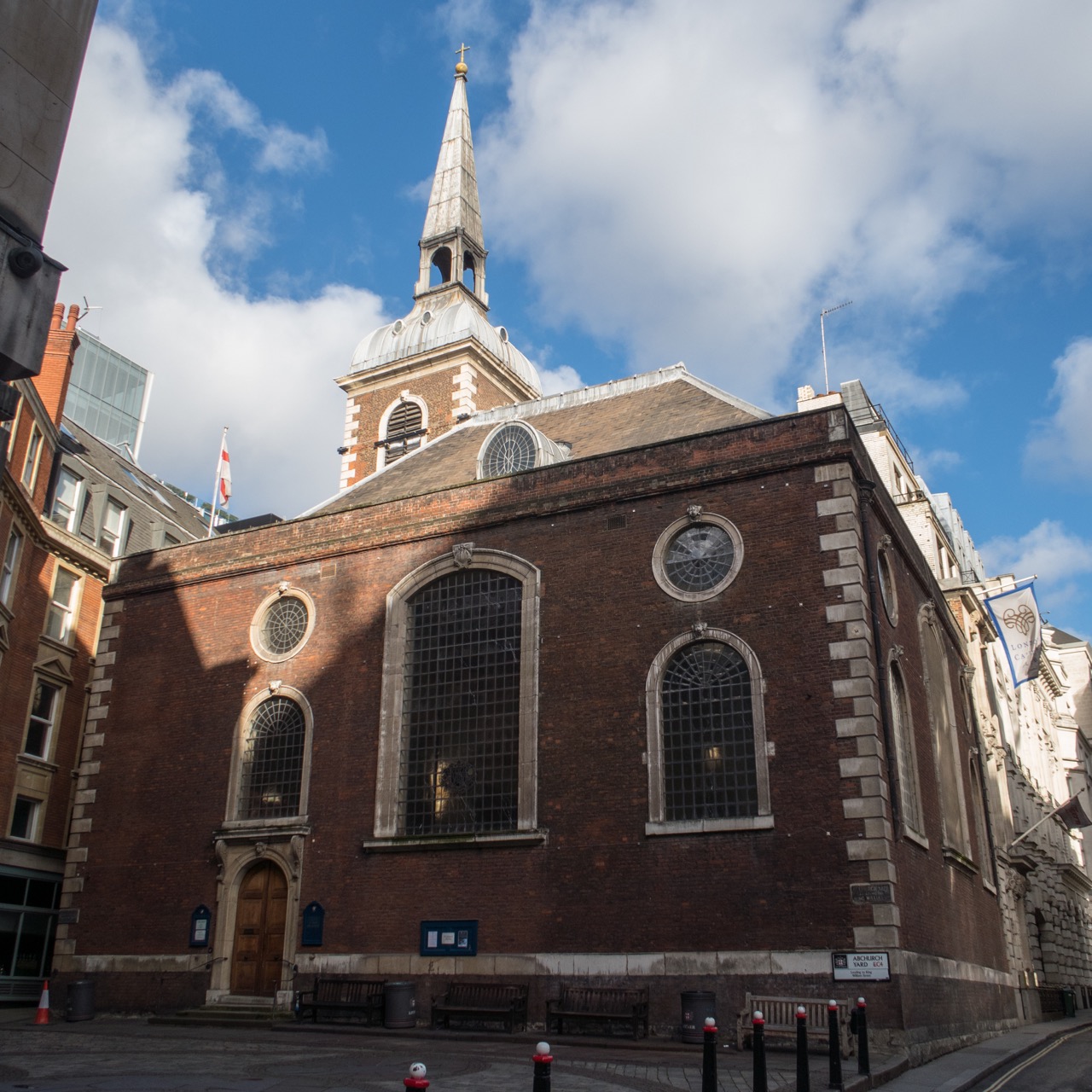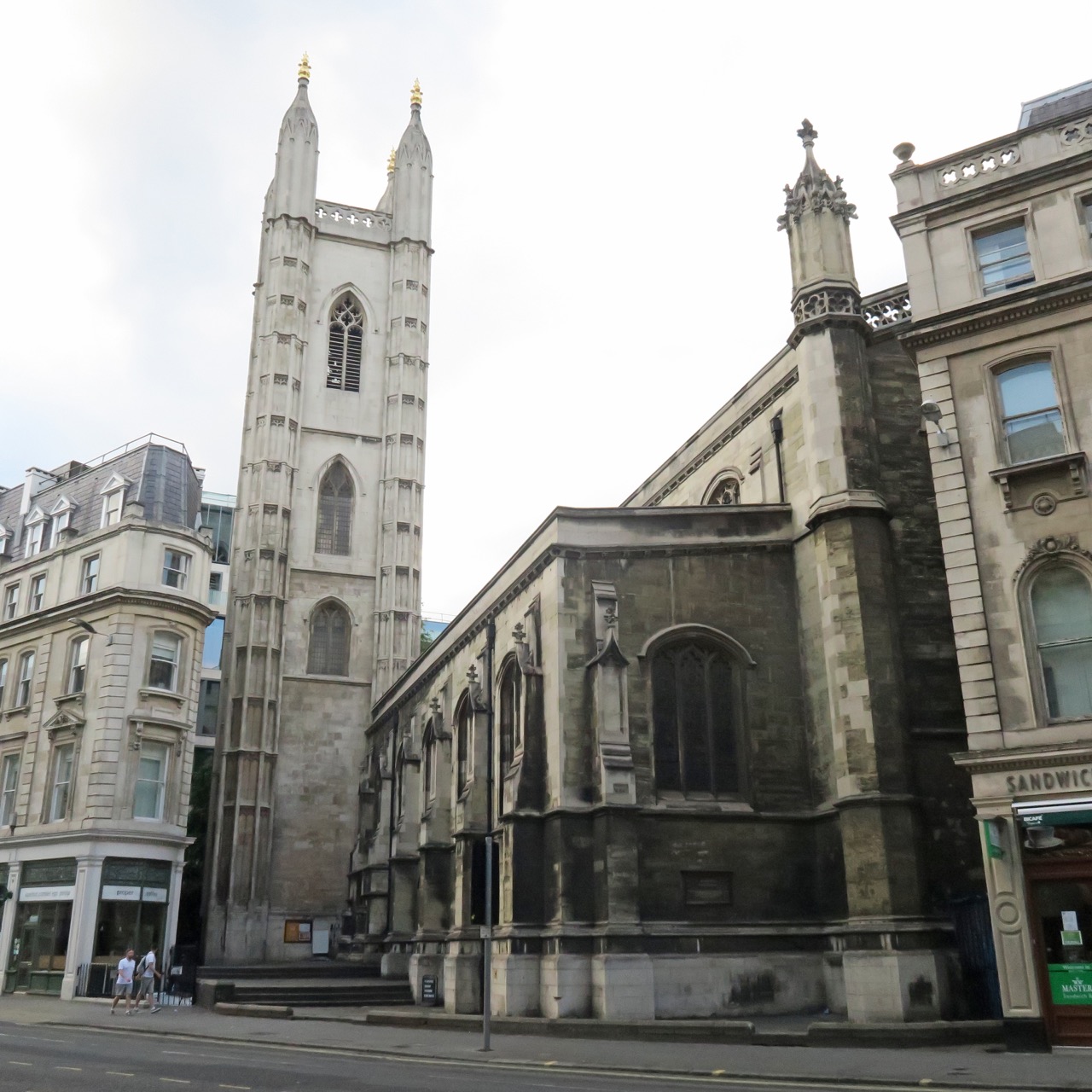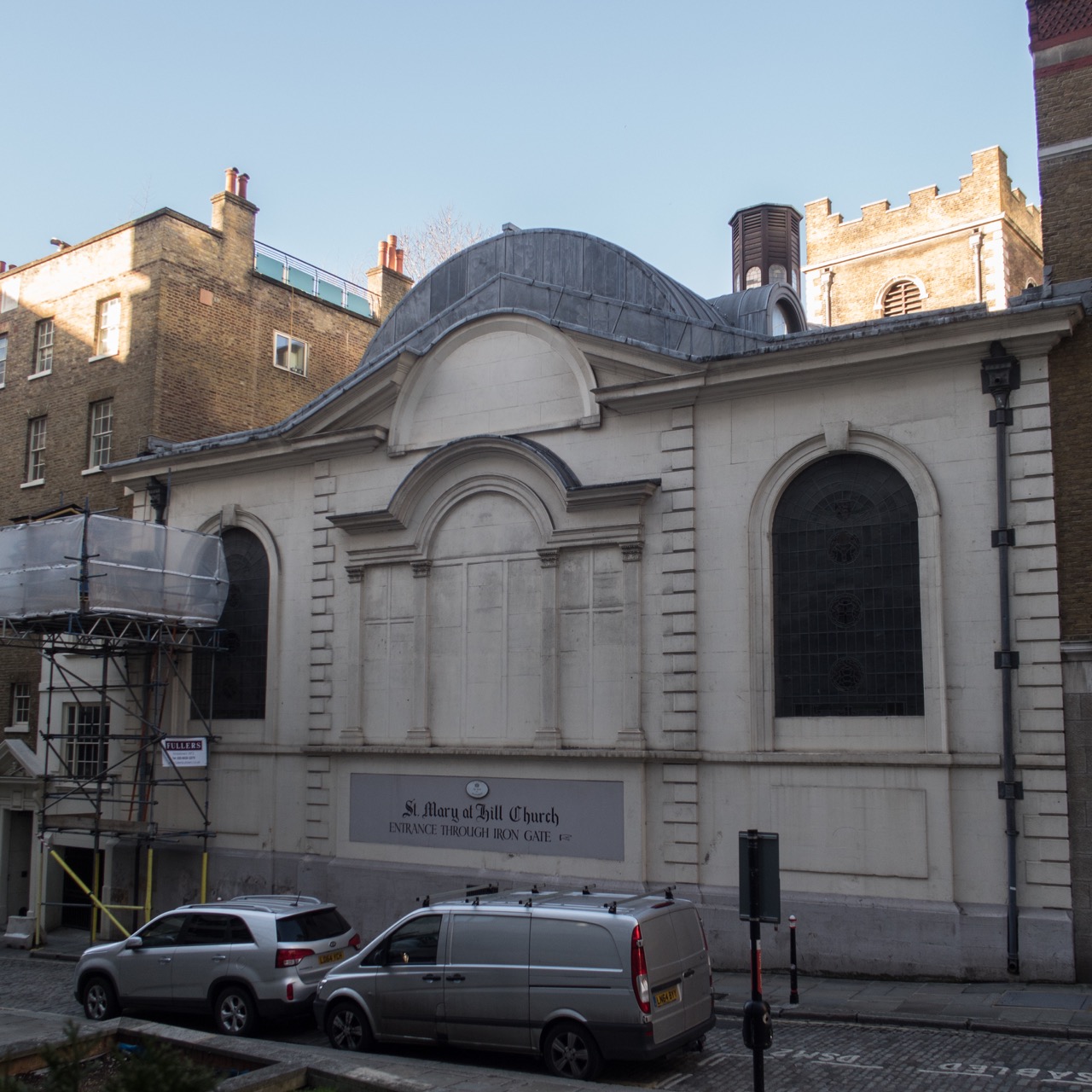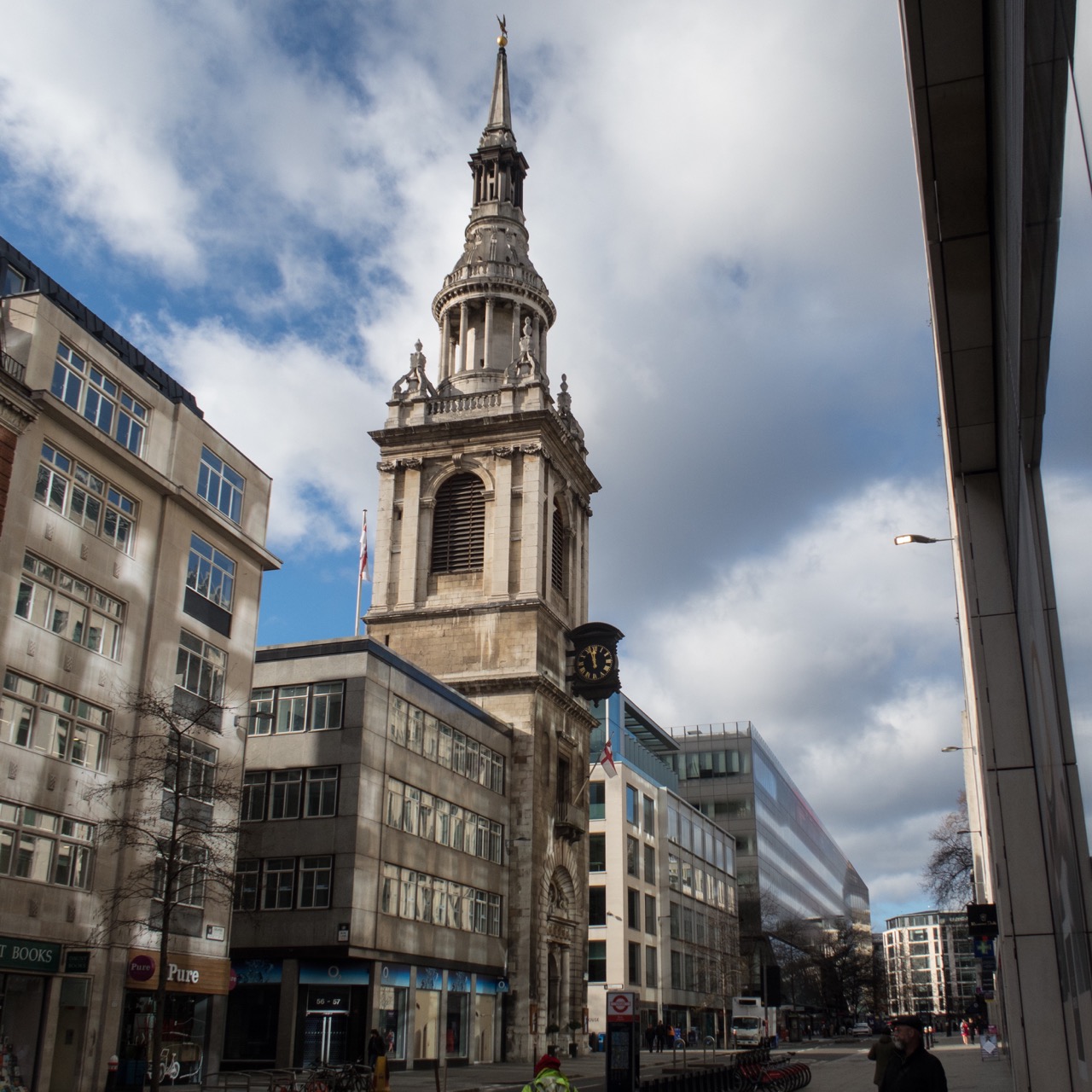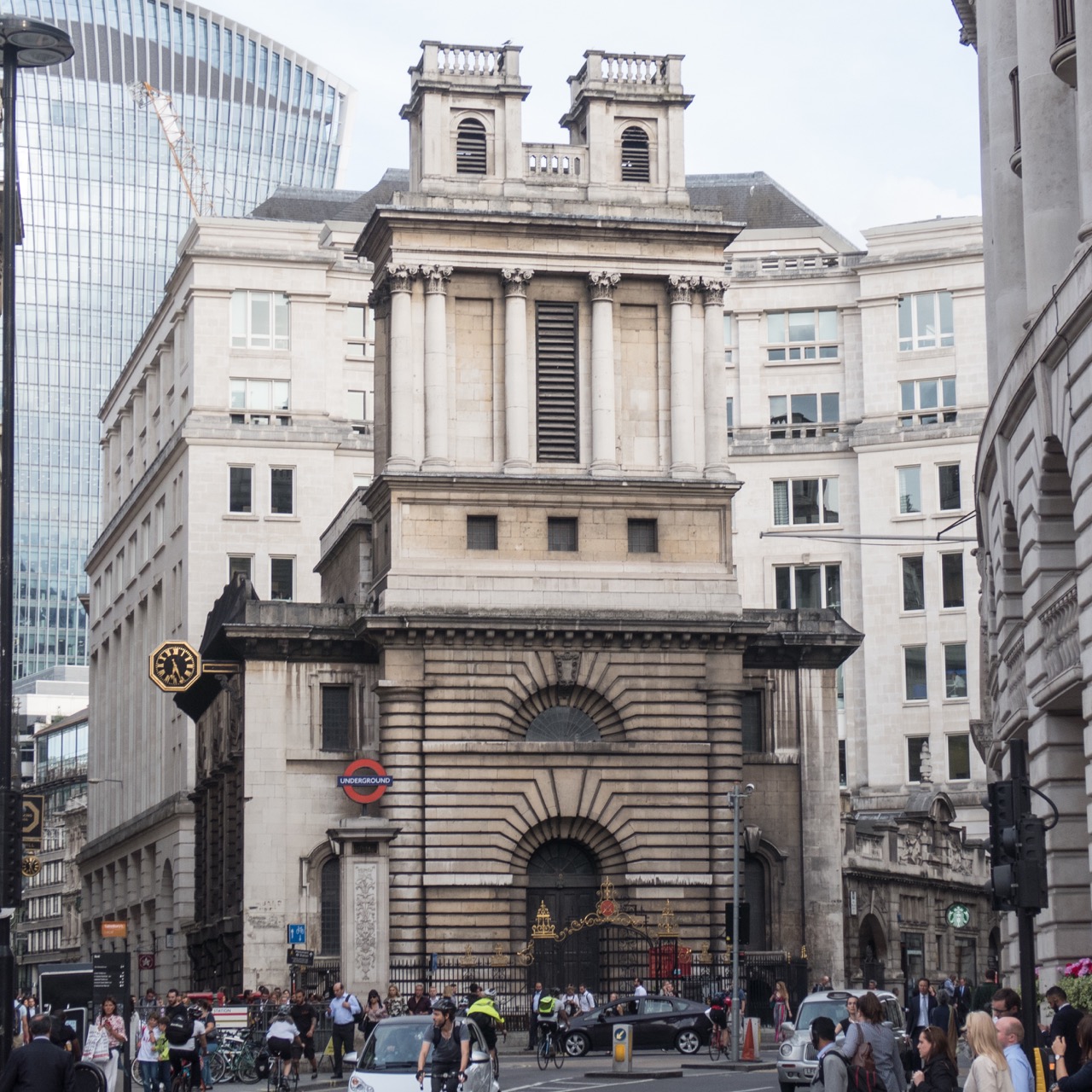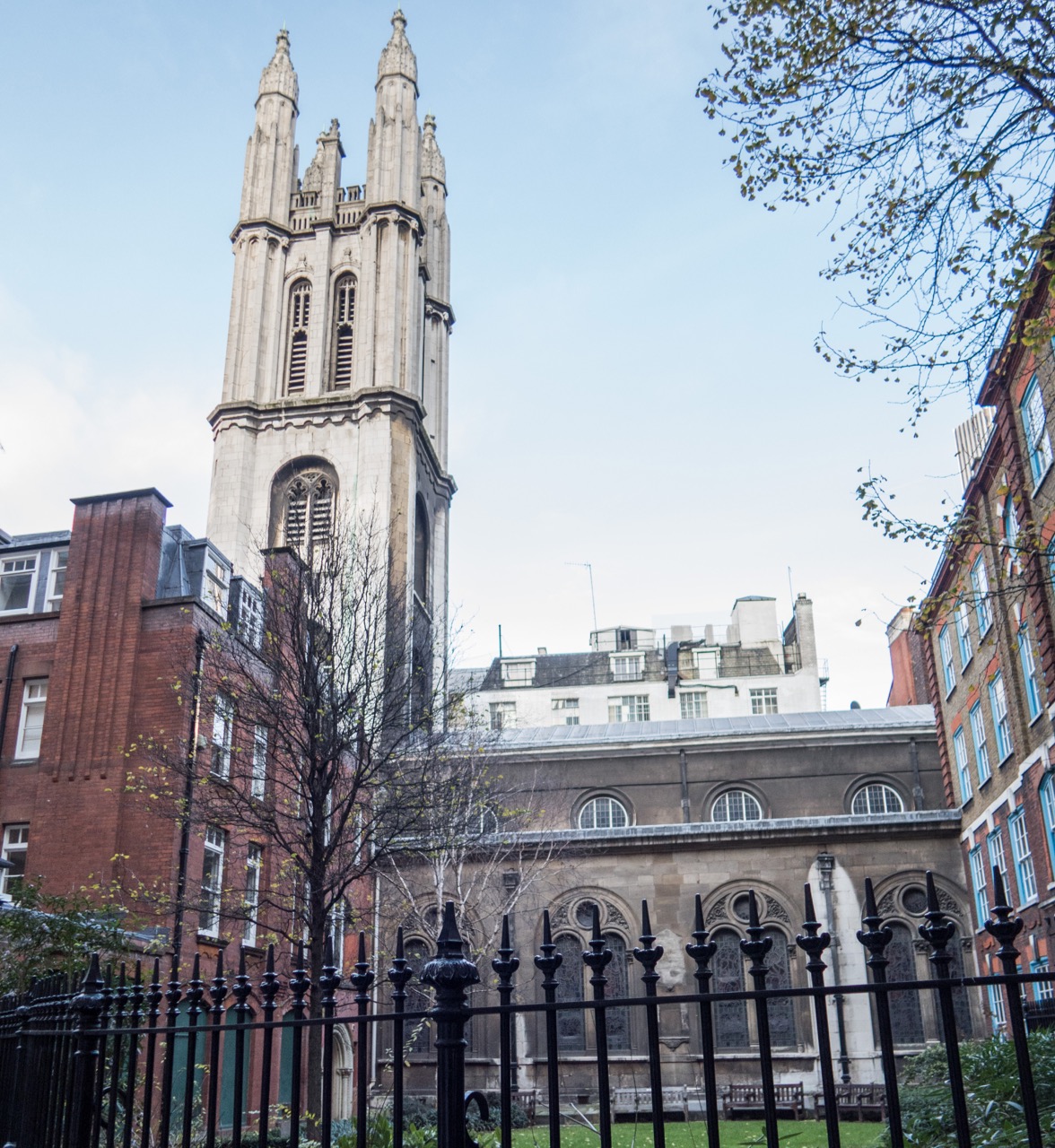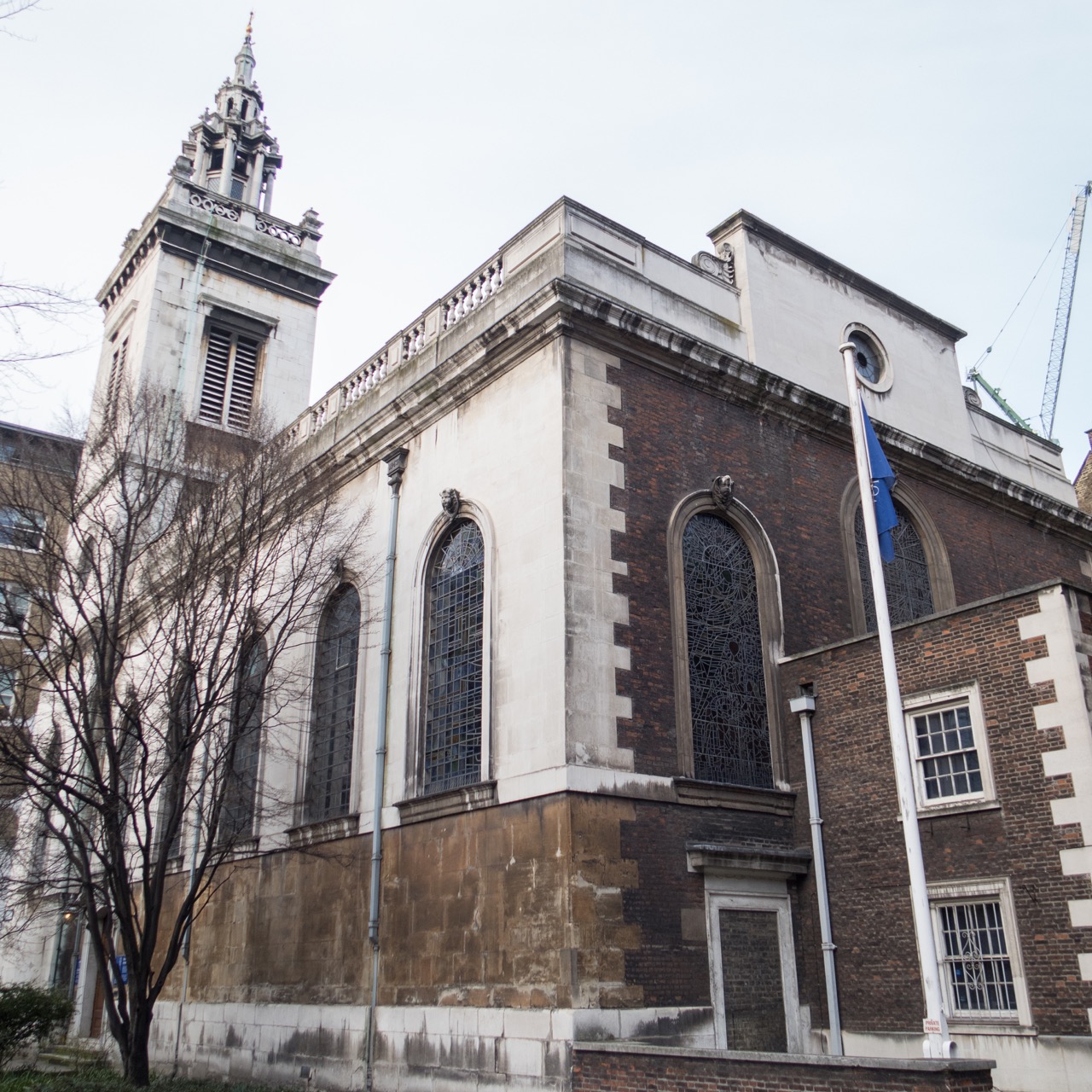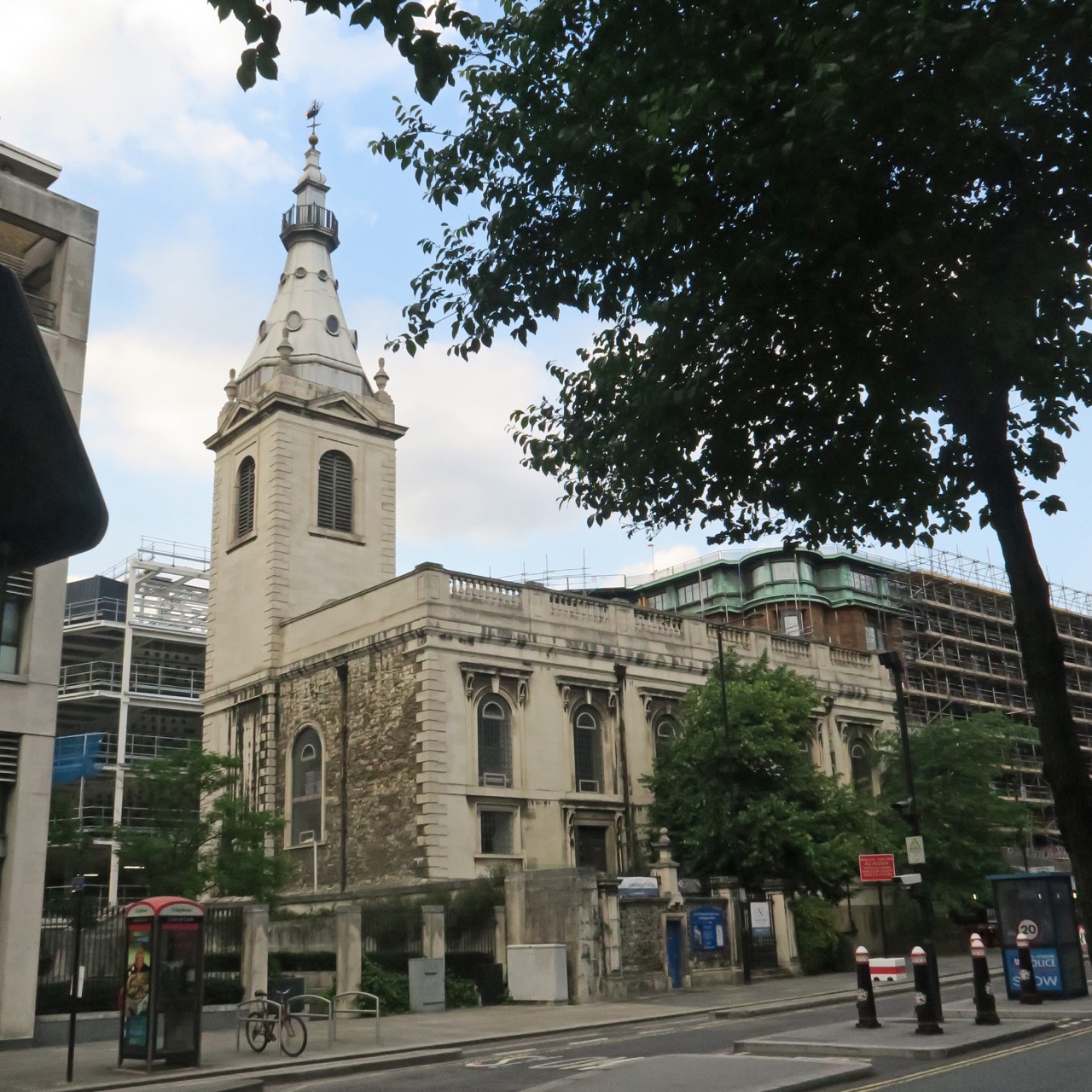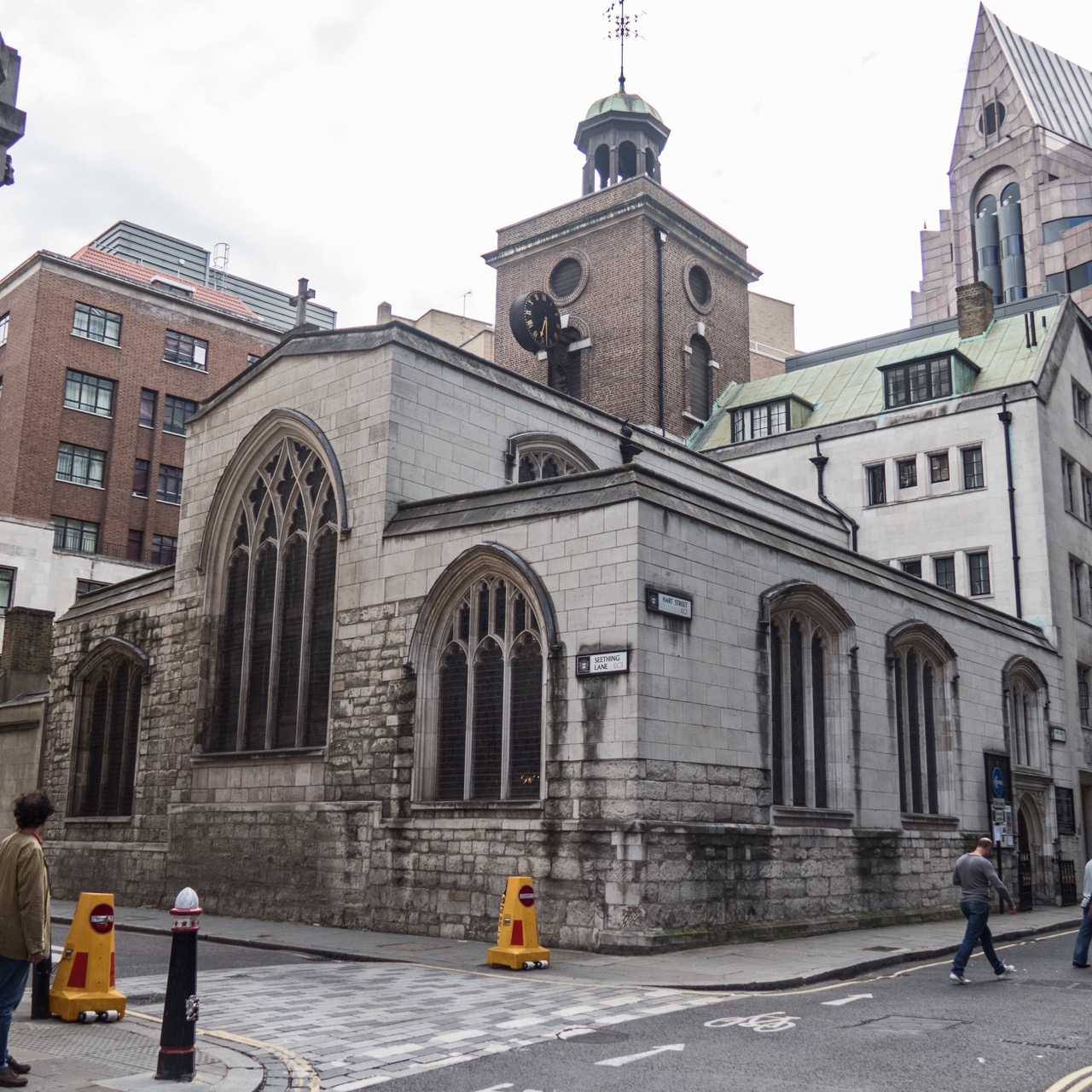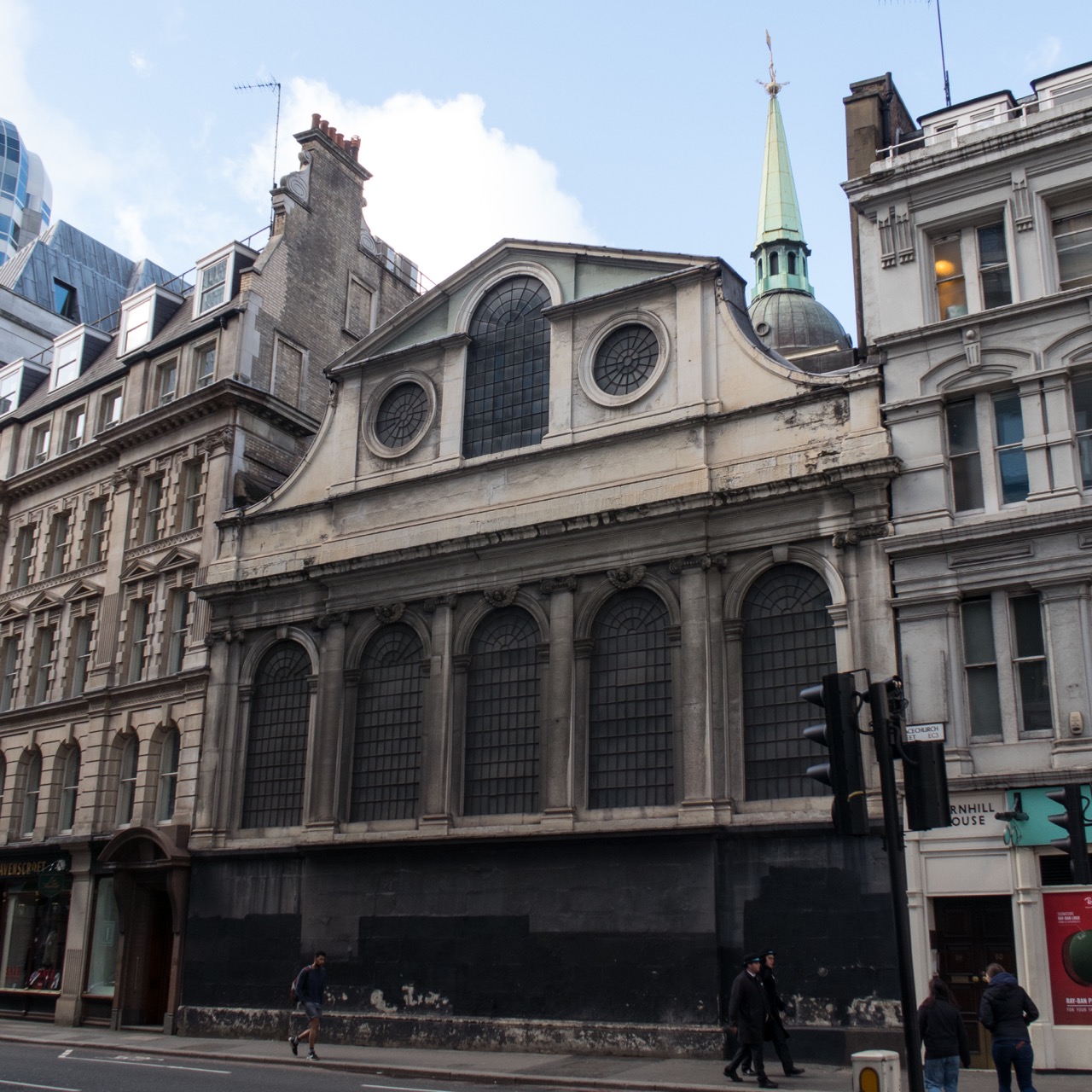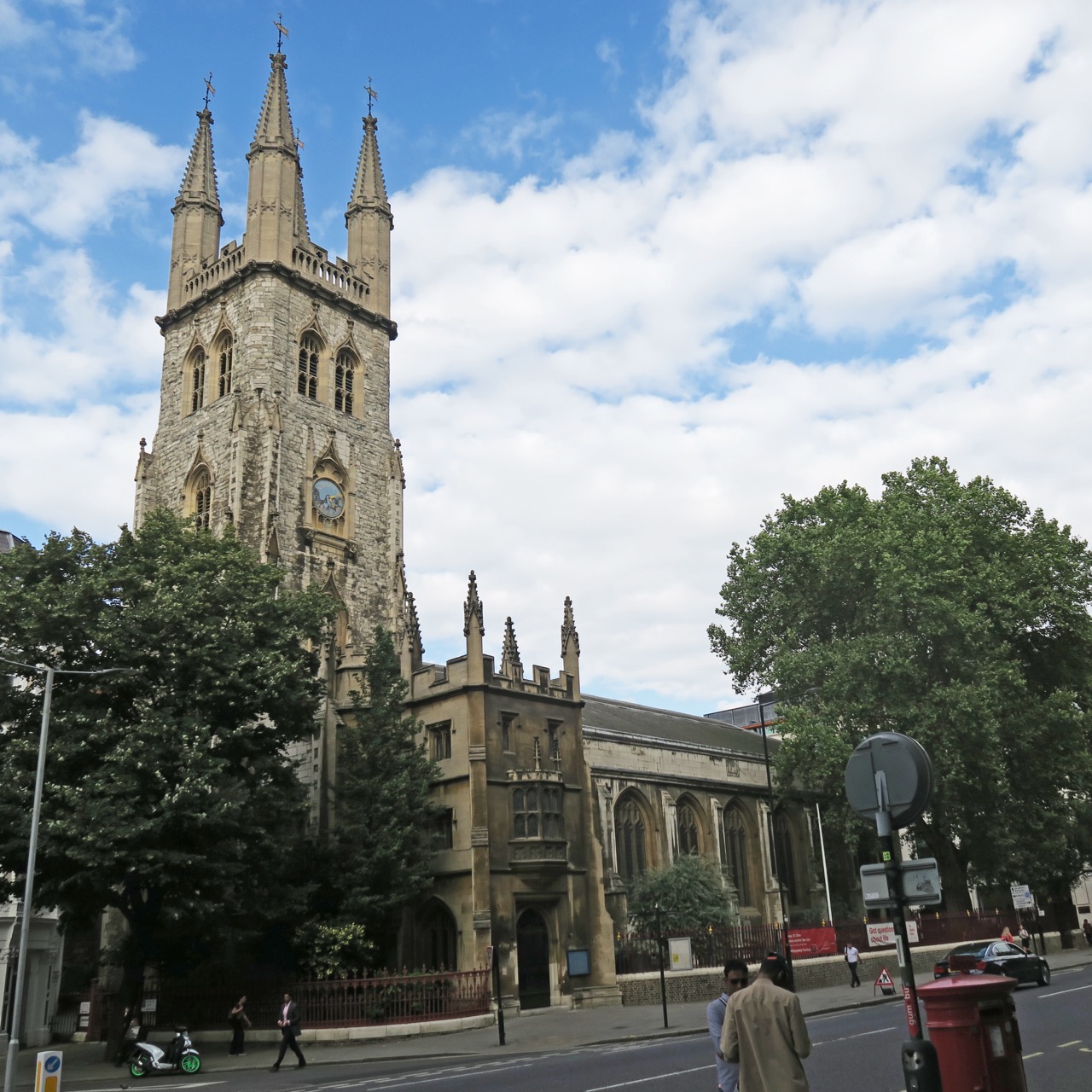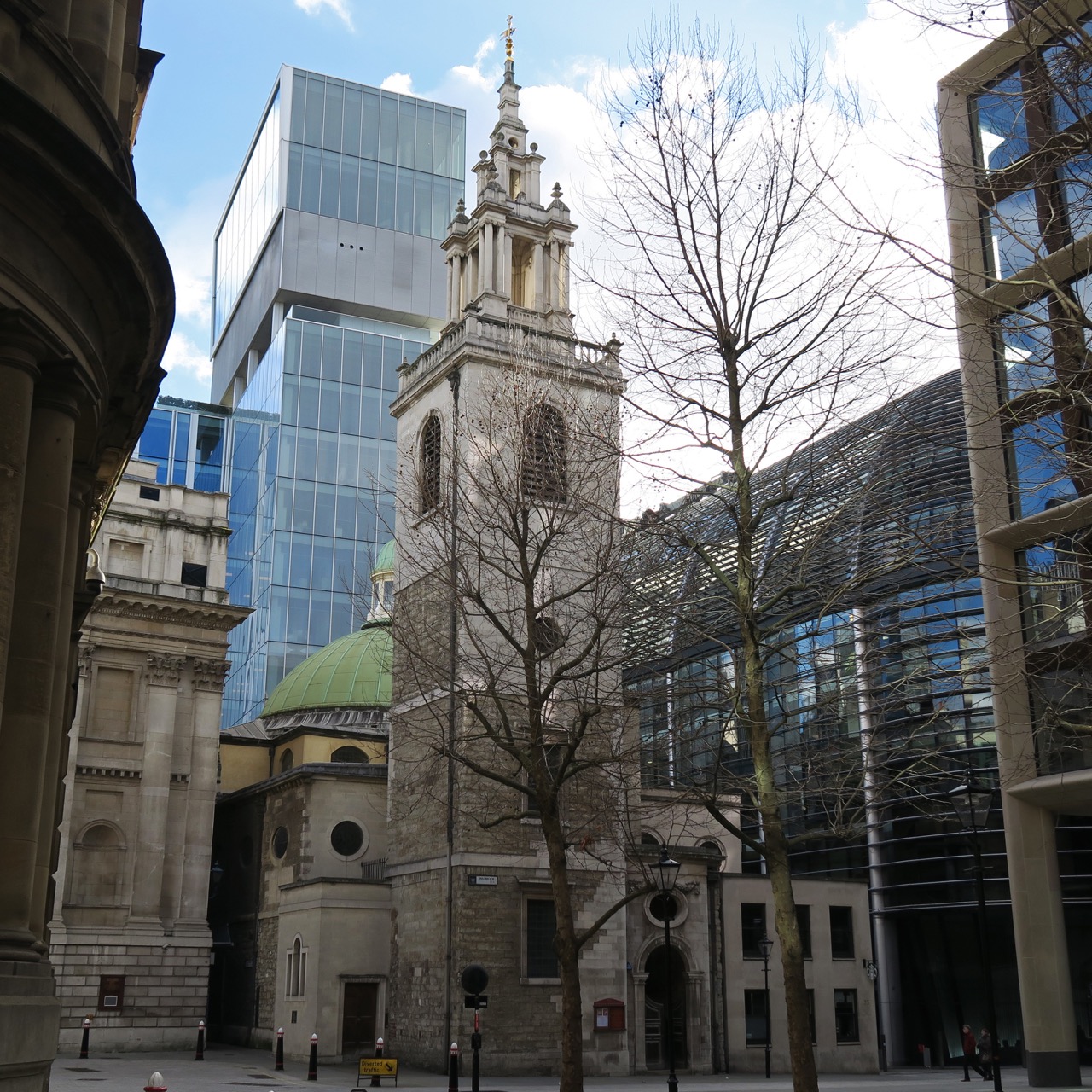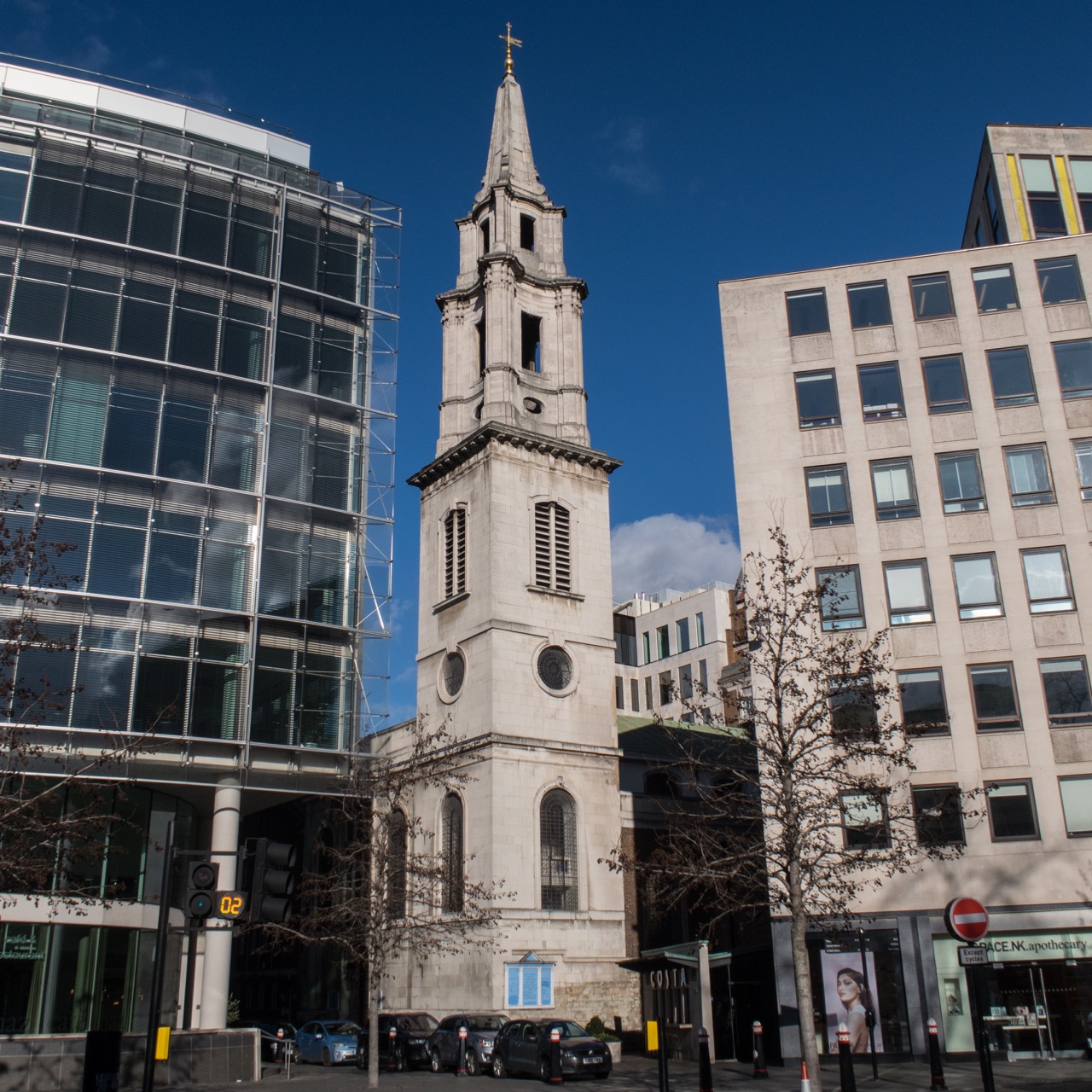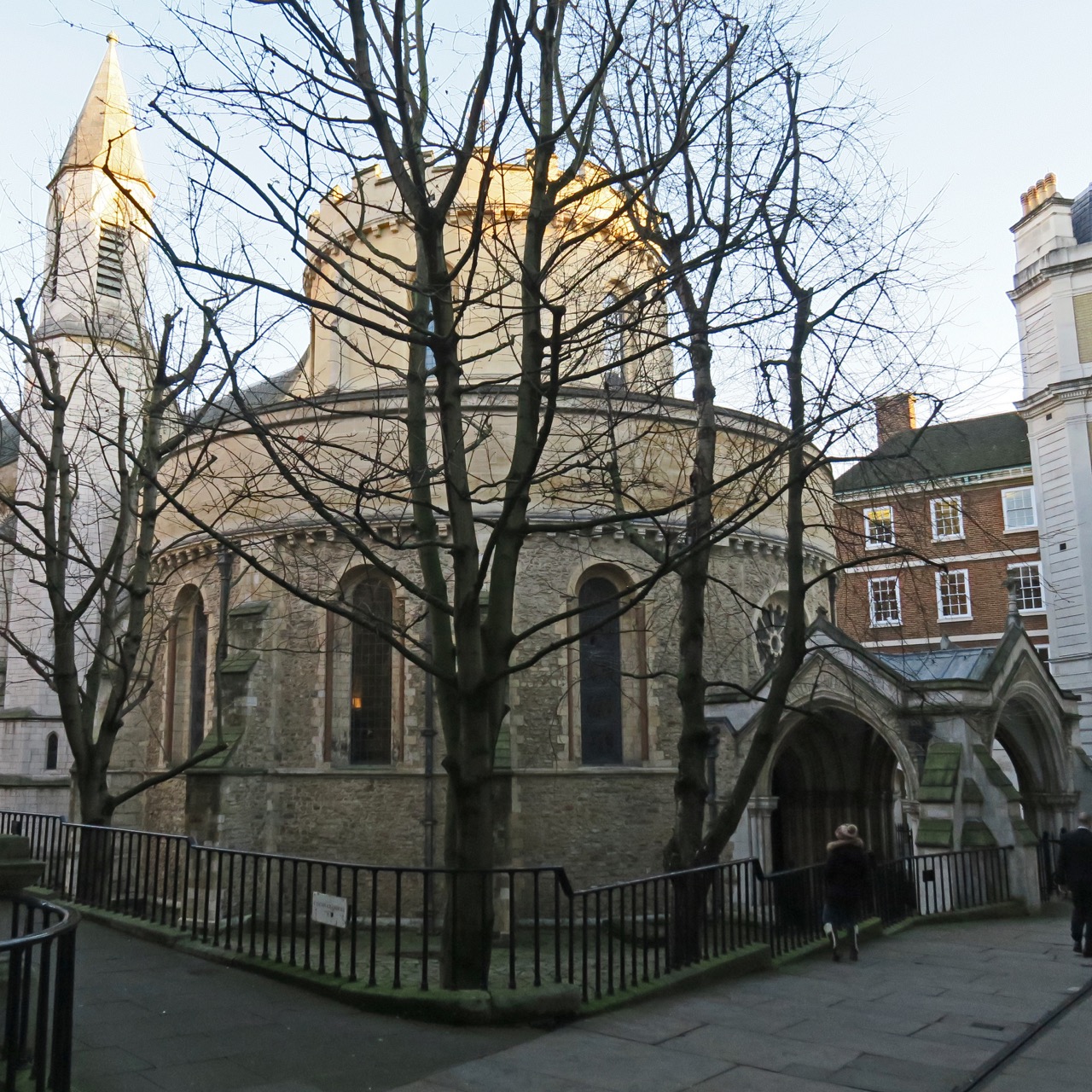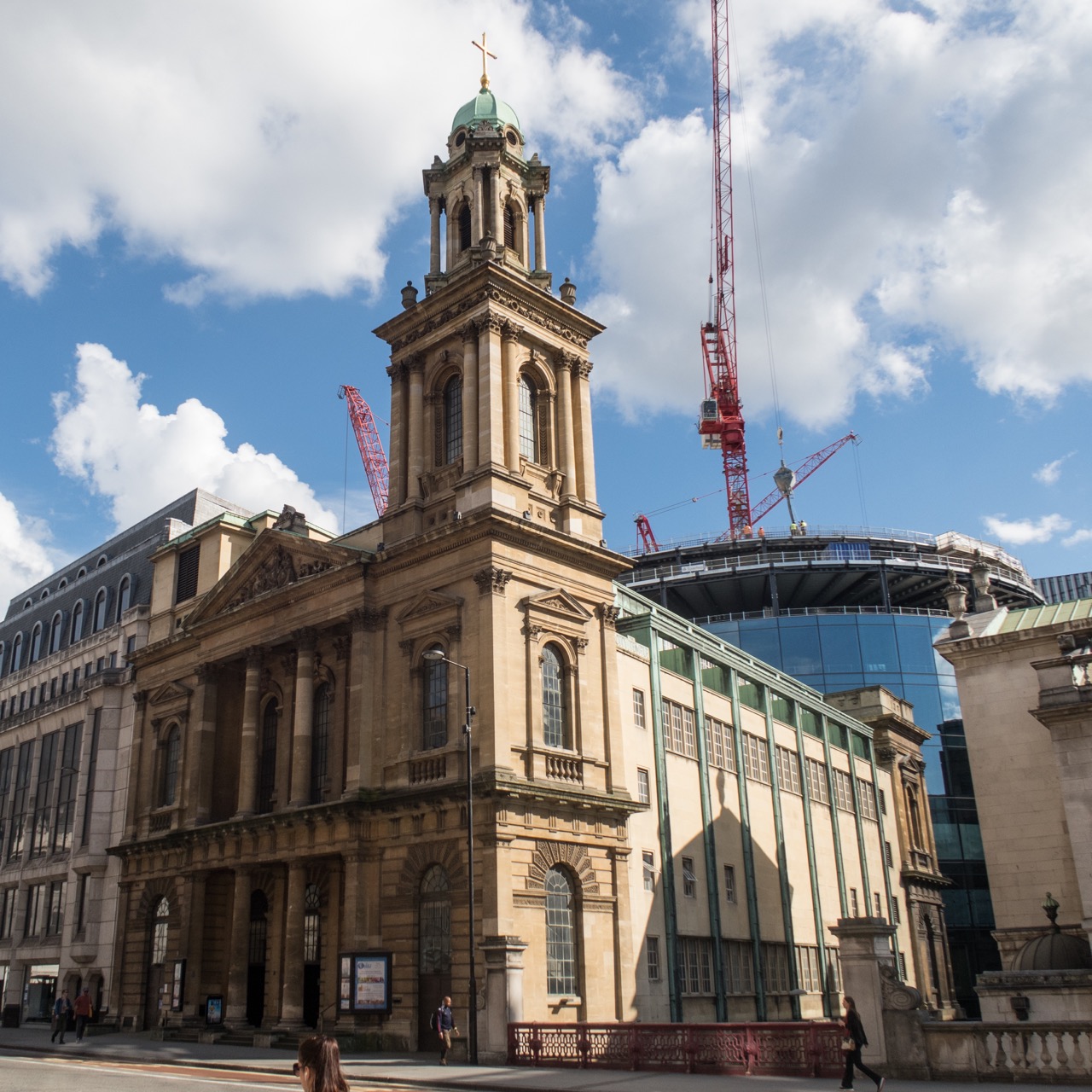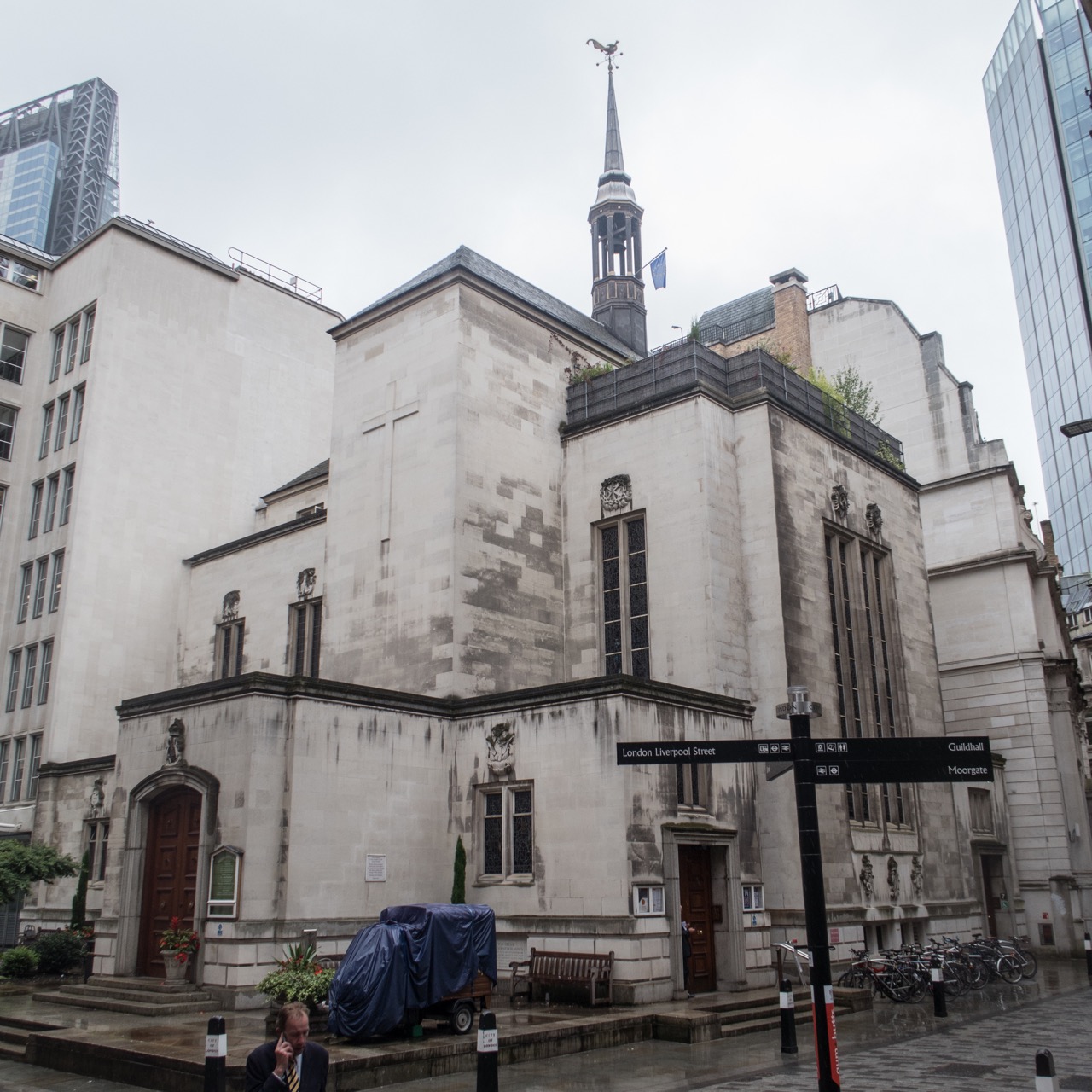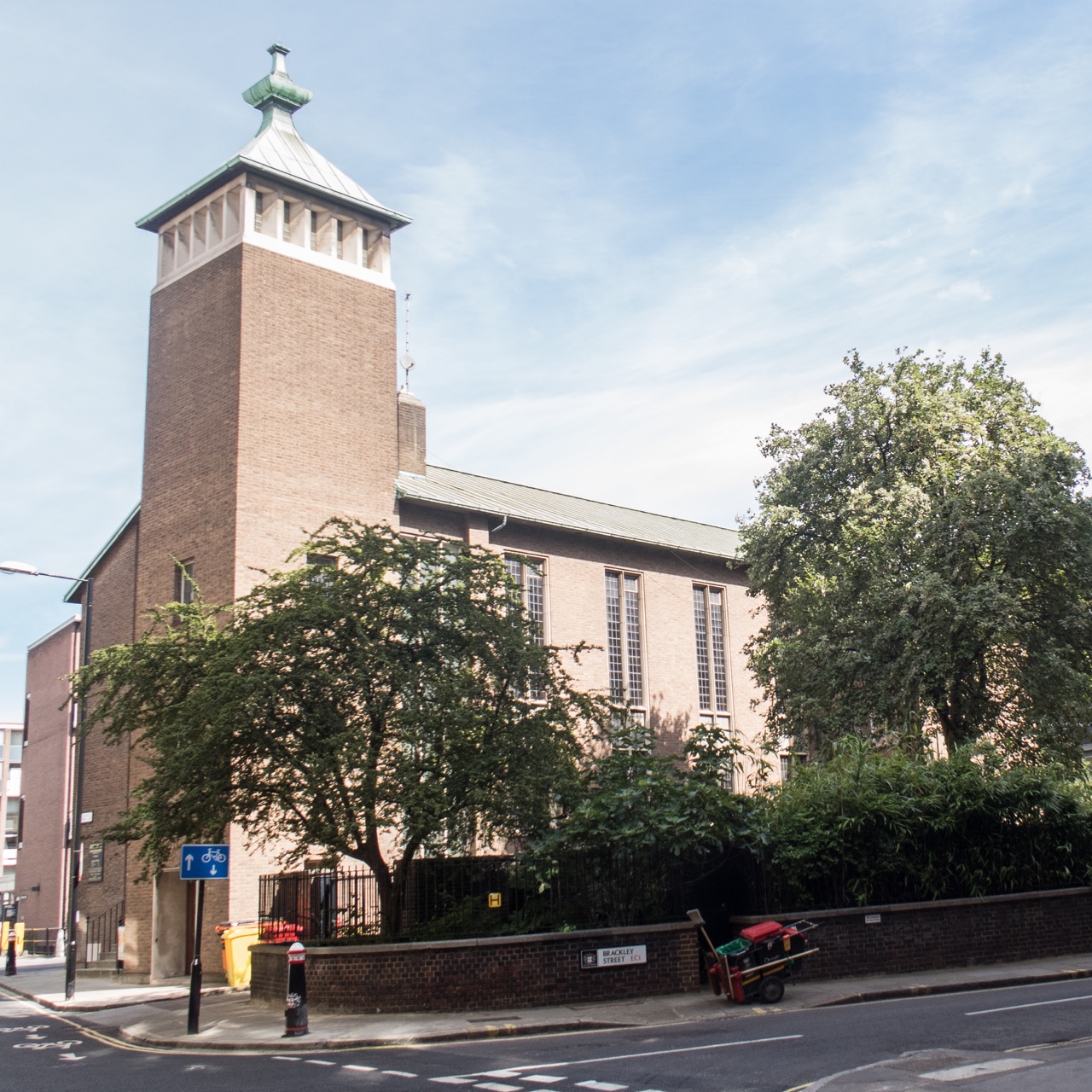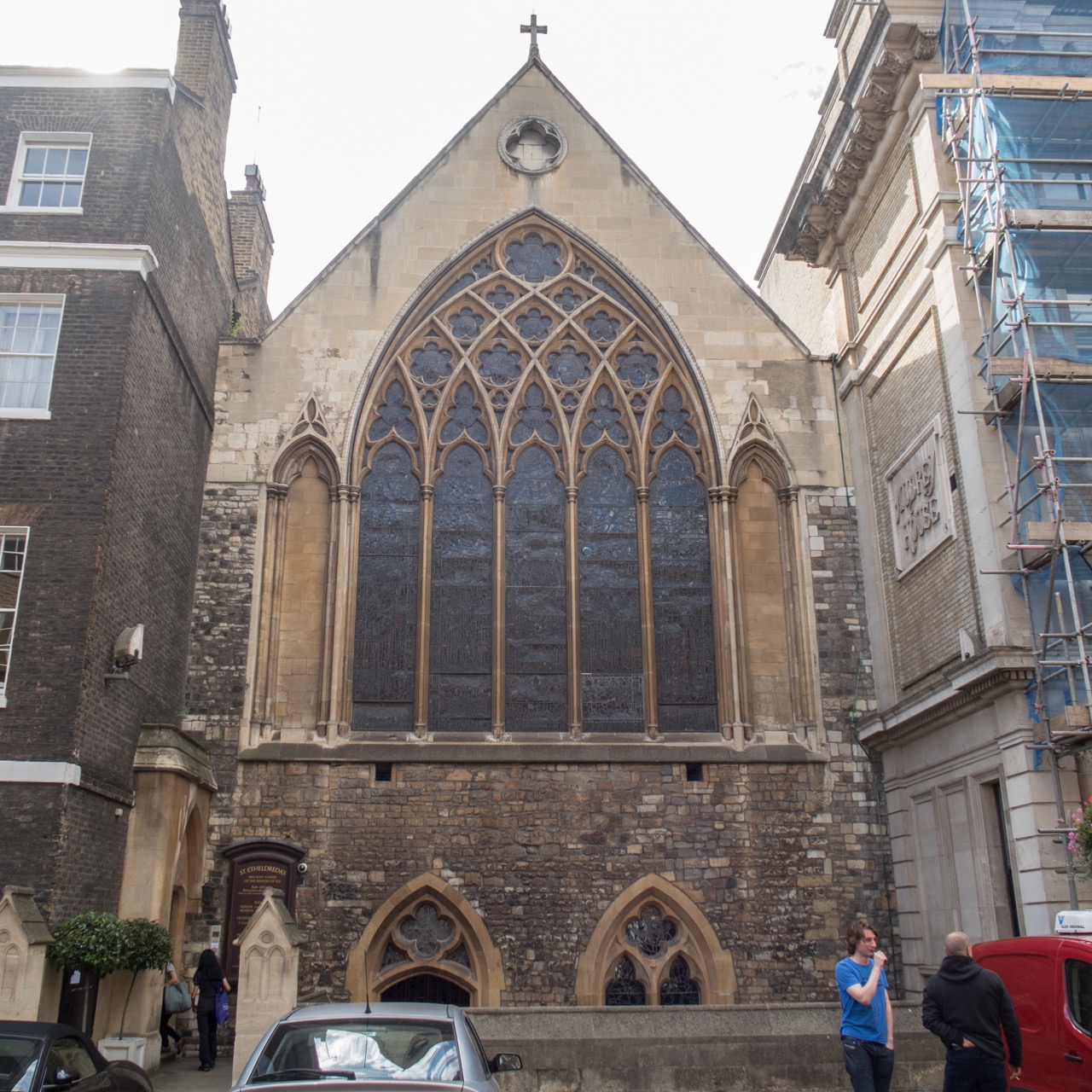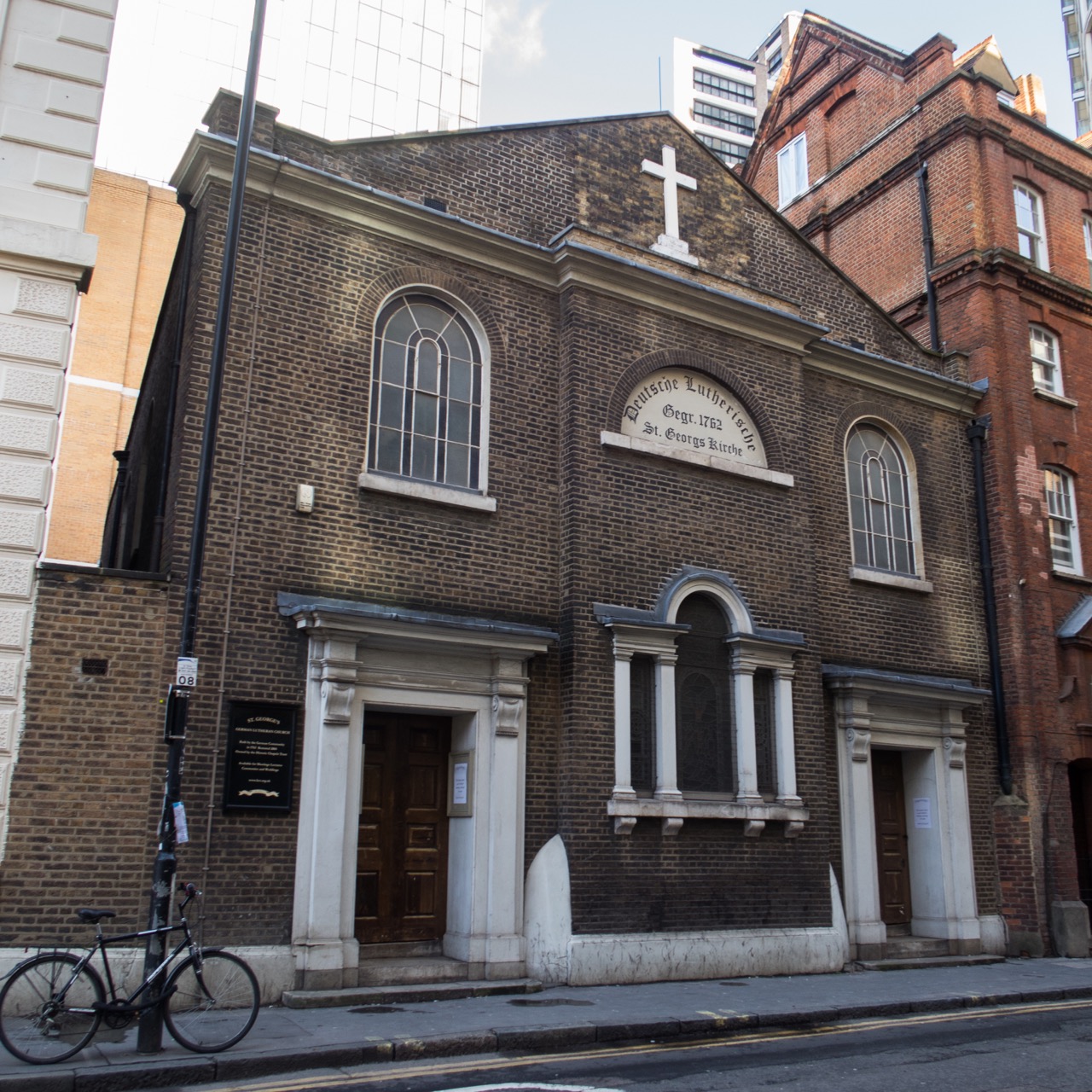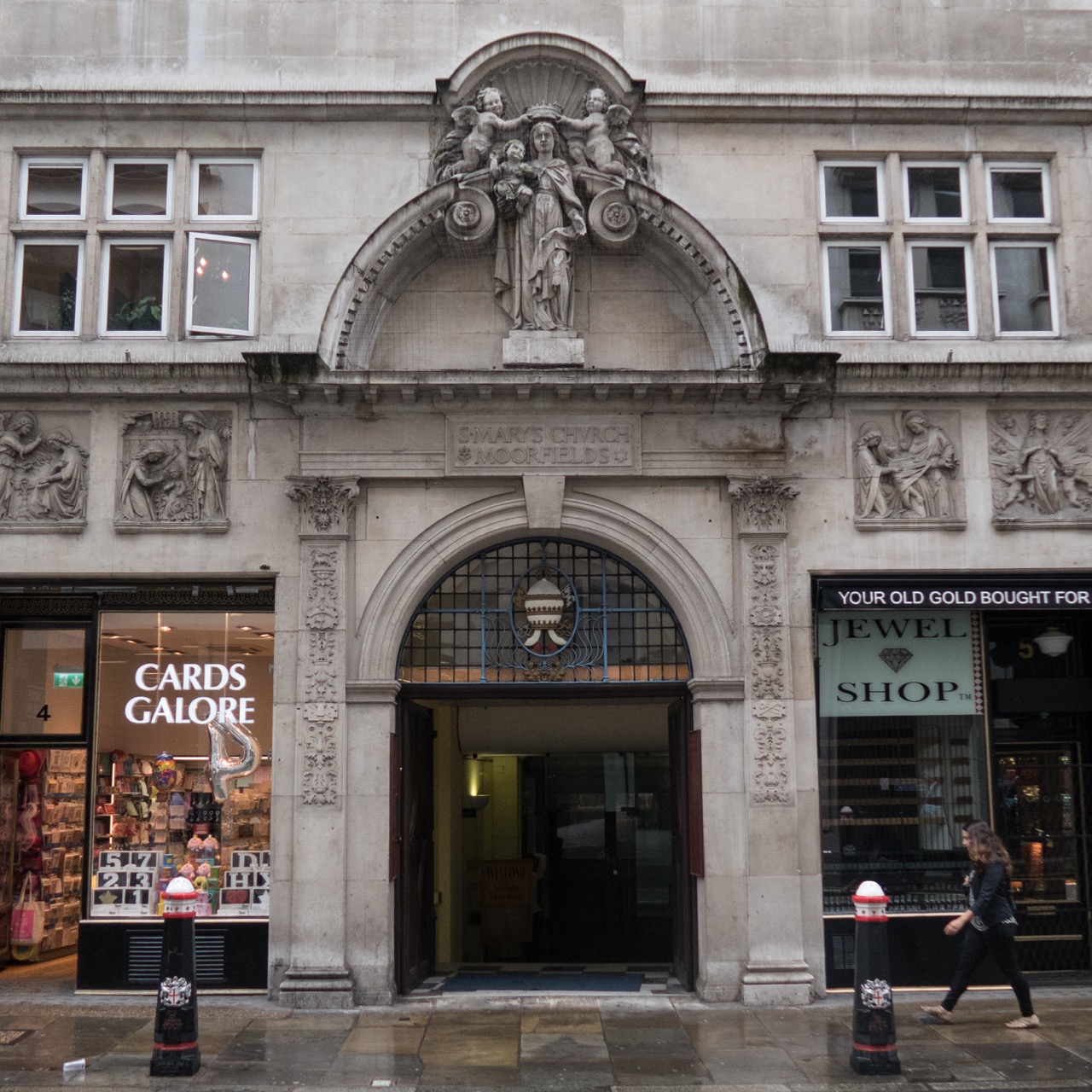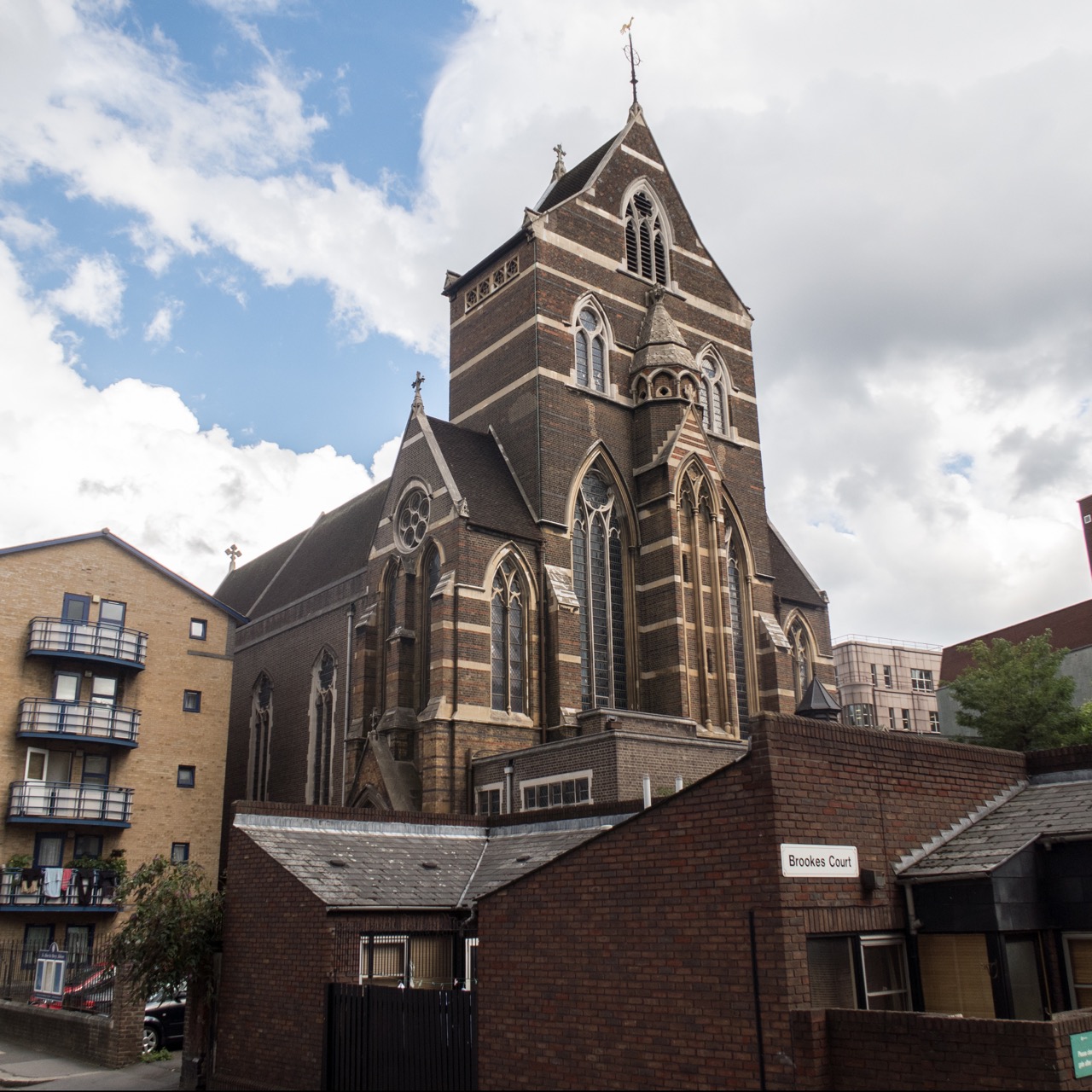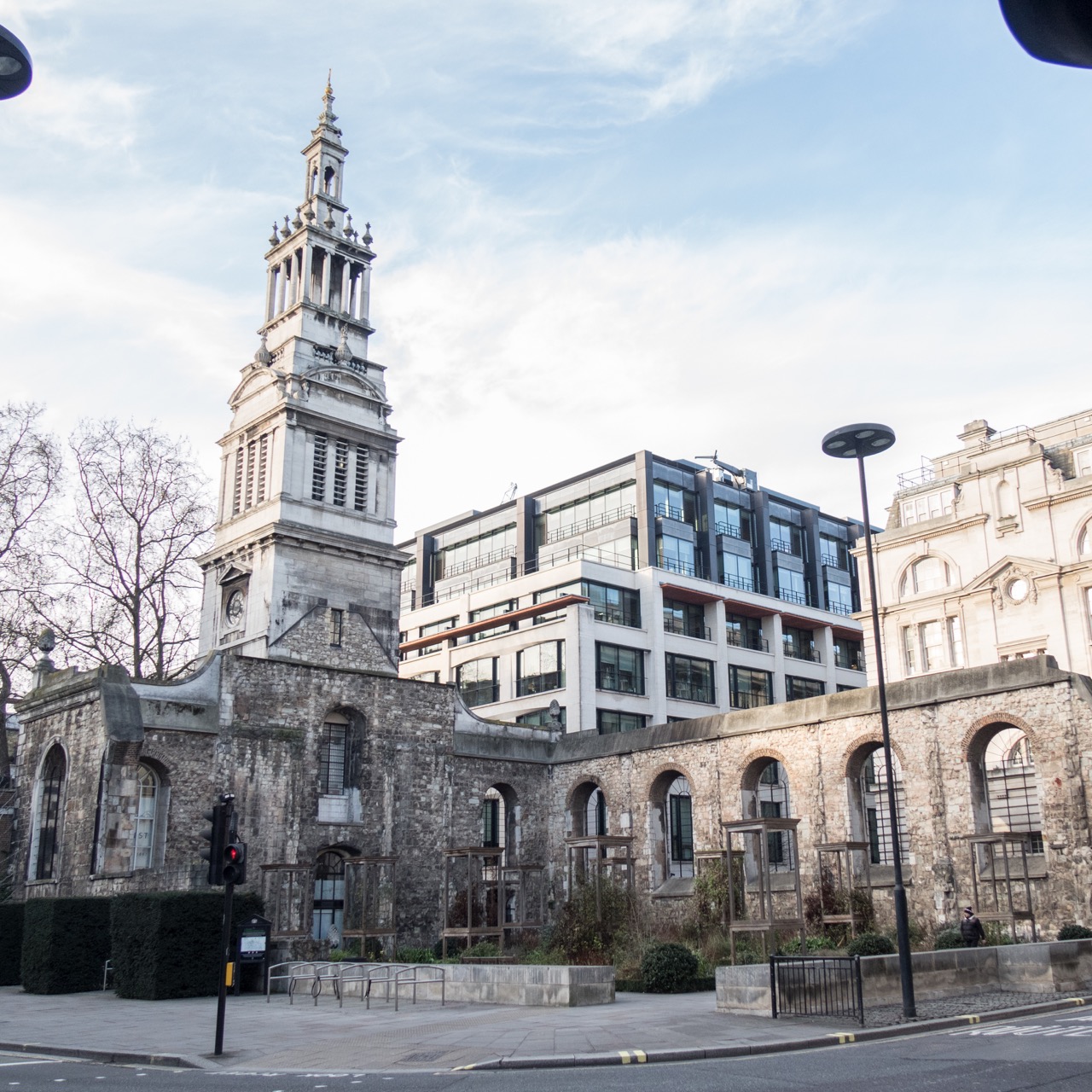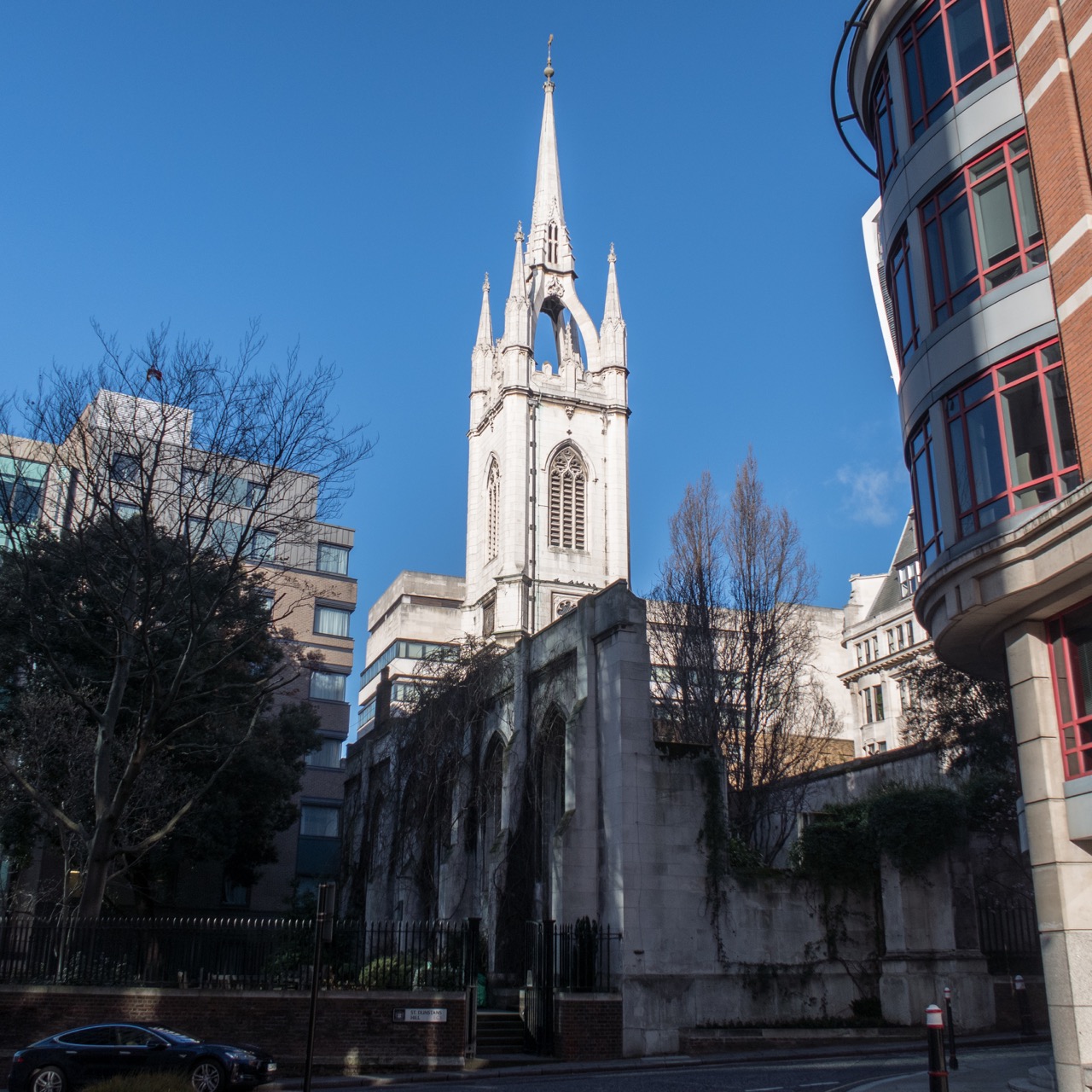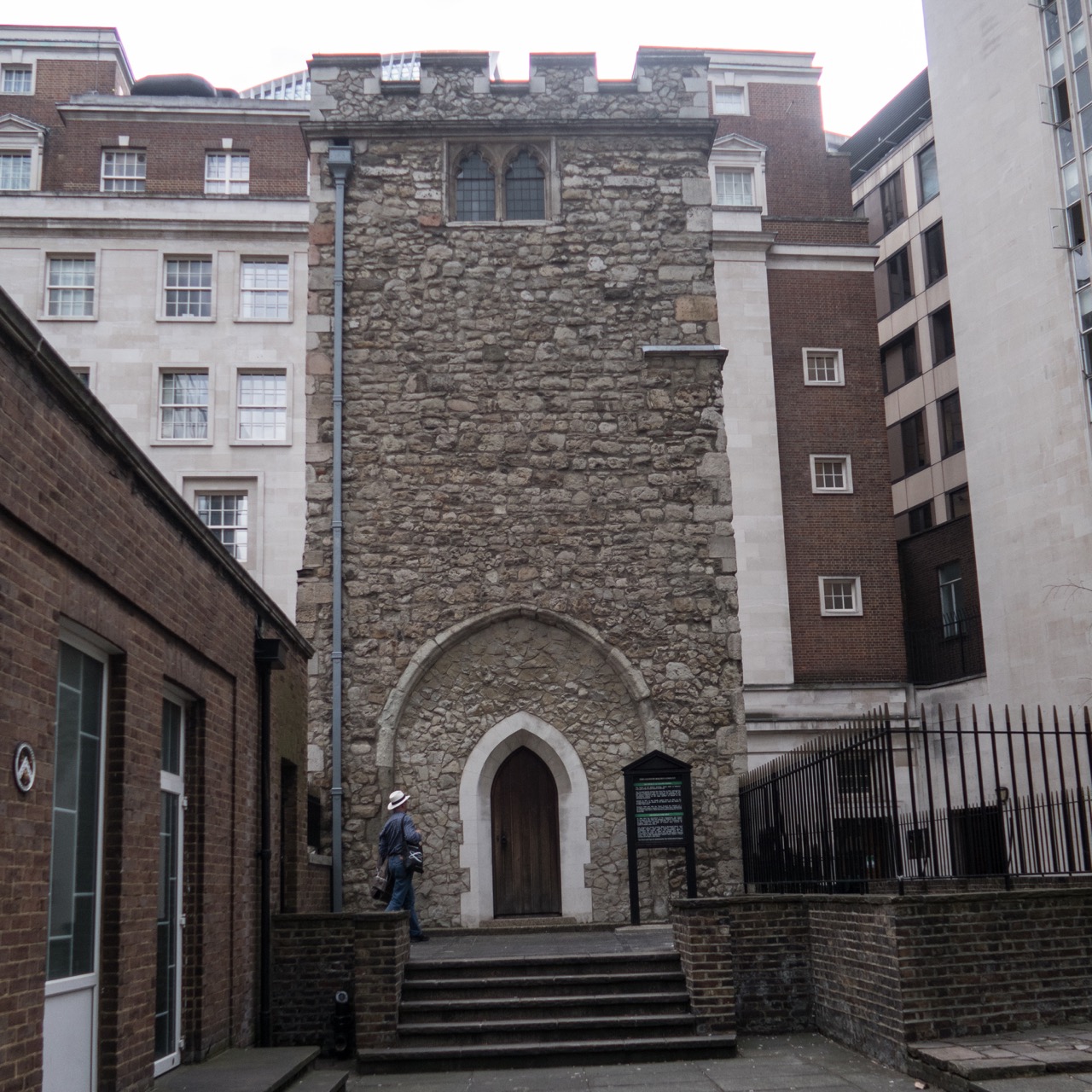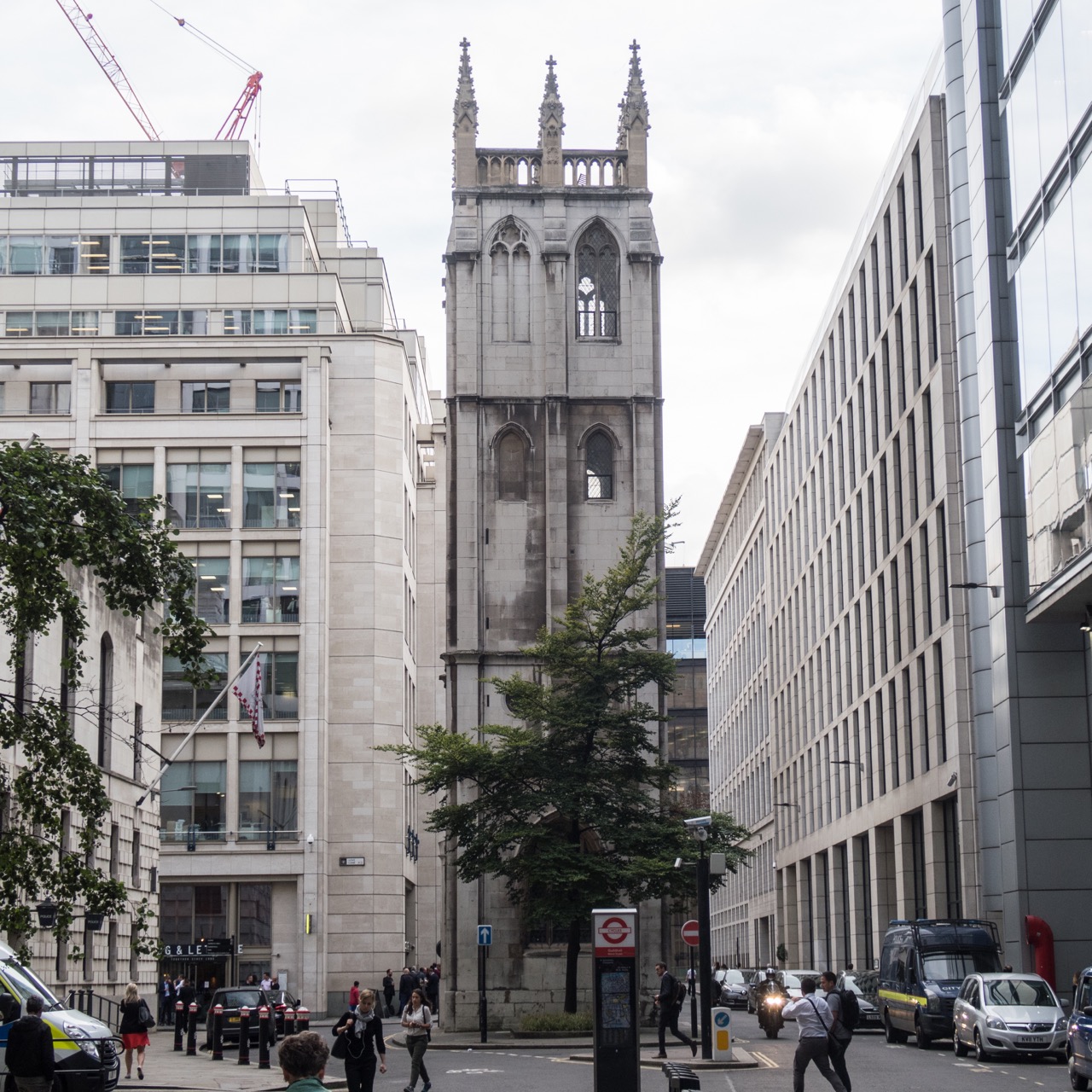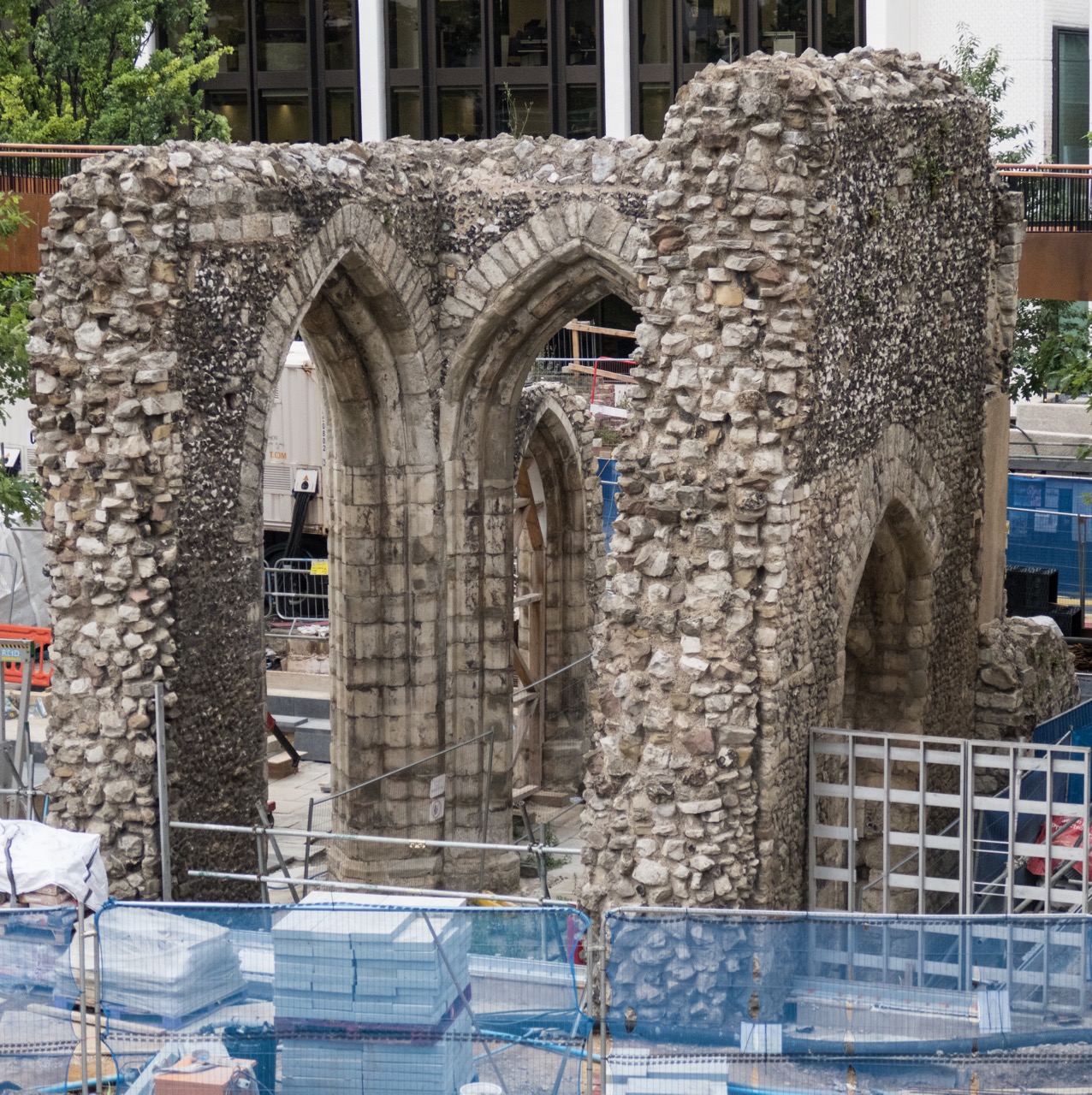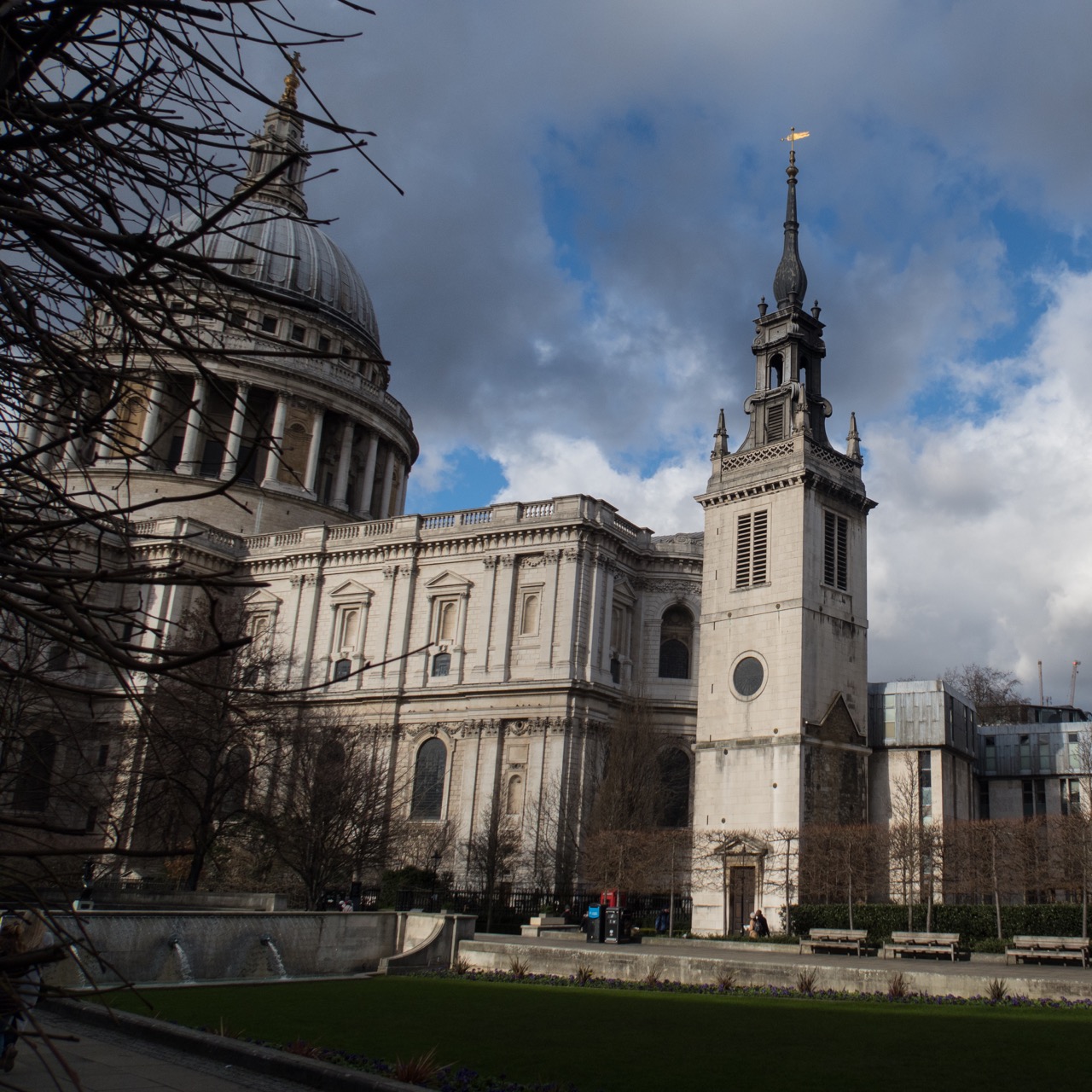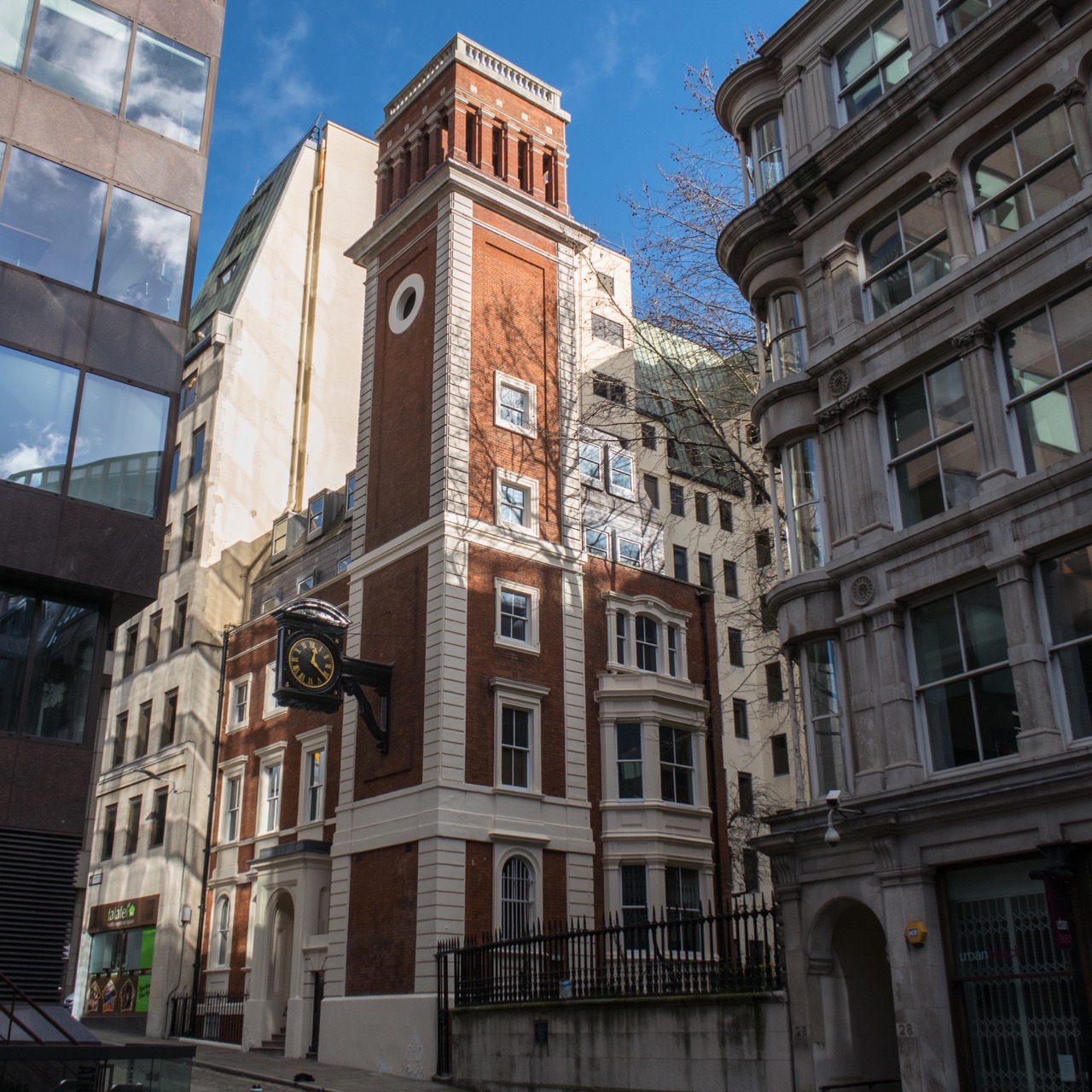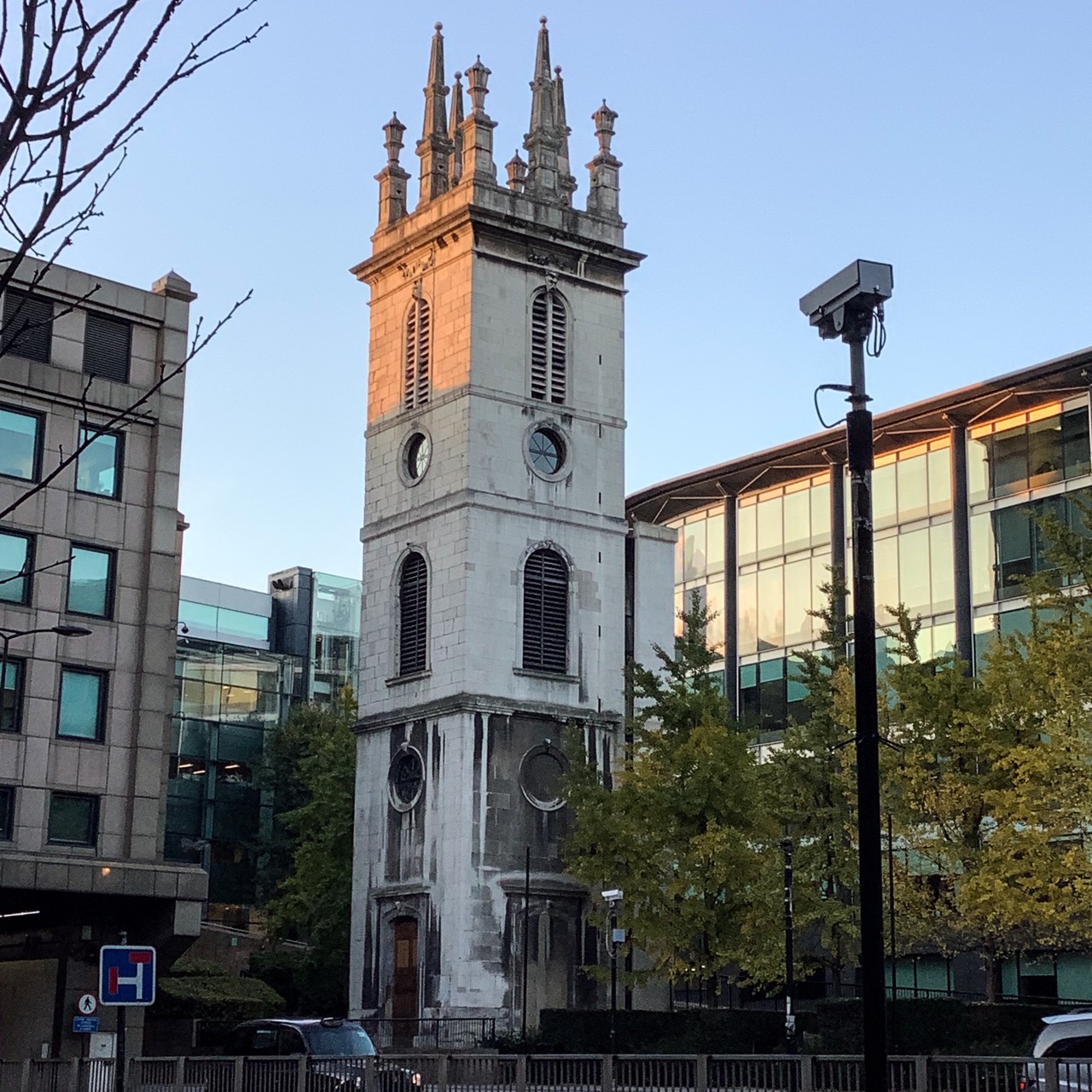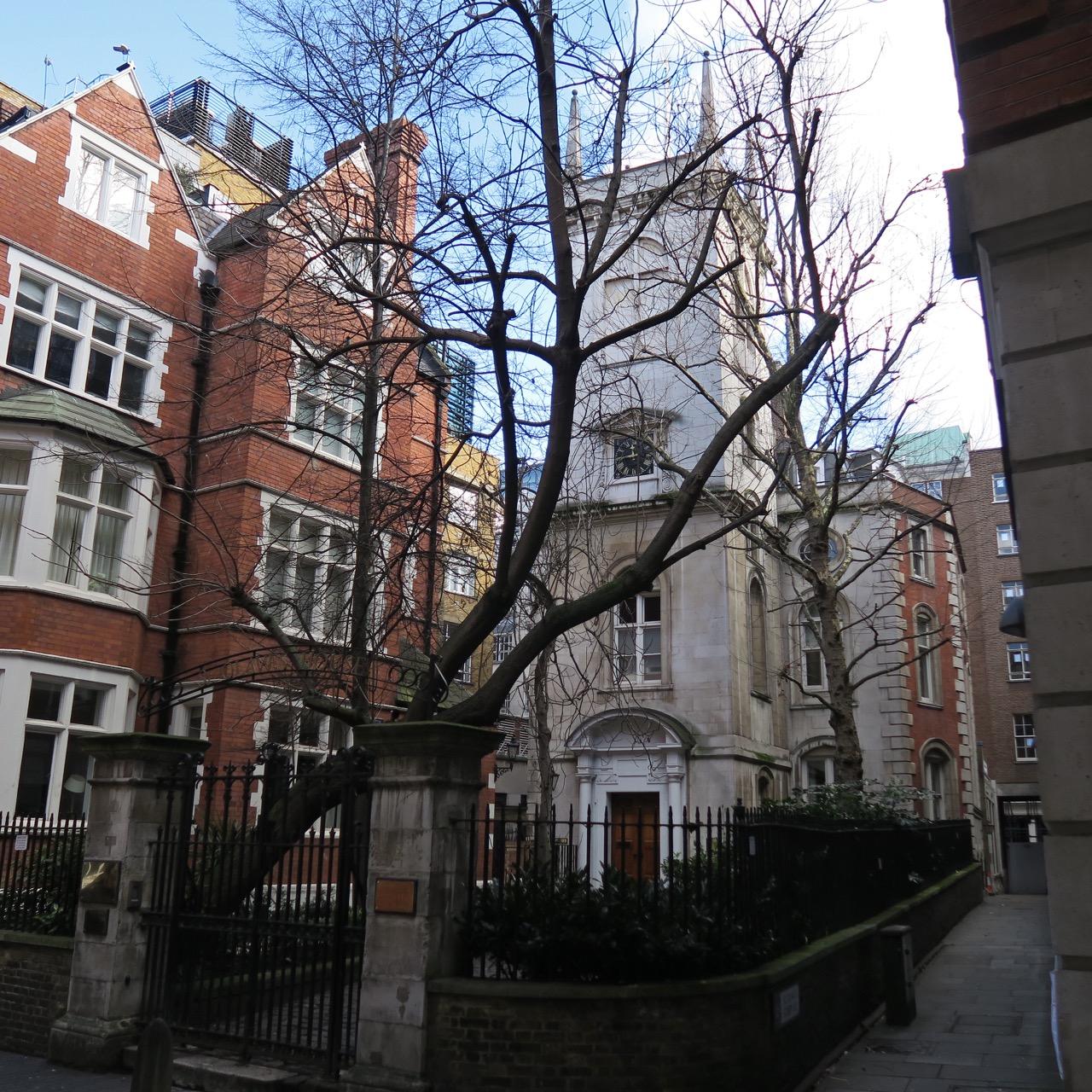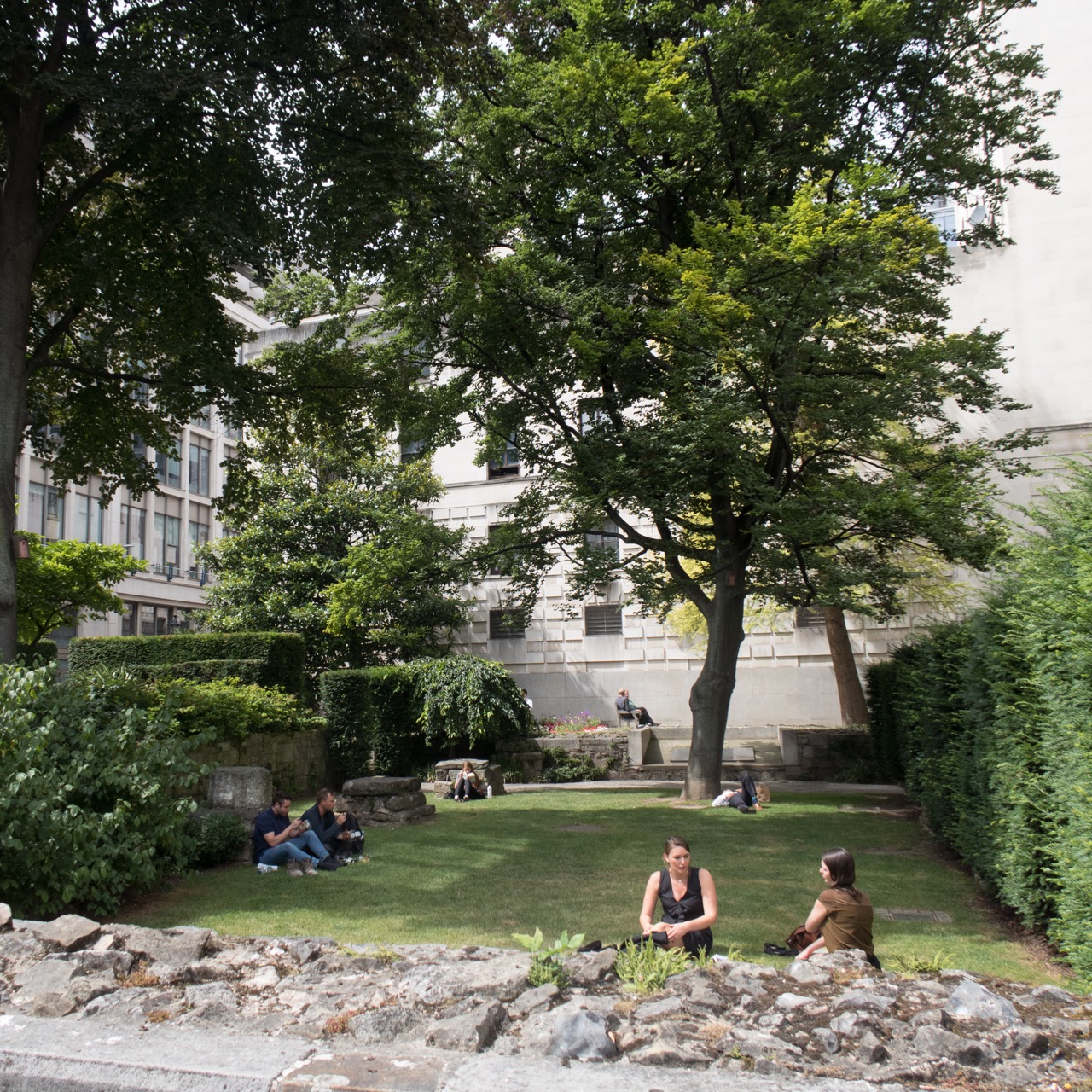The City of London is unique in its history, its form of government, its buildings and its importance as one of the world’s biggest financial centres. Commonly dubbed “The City”, it covers only slightly more than a square mile (making the “Square Mile” another common nickname) between the London Wall in the north and the river Thames in the south. On this small stretch of land the Romans founded their colony “Londinium” around 50 CE, which in due course would not only become by far the most important city on the British Isles, but also a legally and politically autonomous communal entity with a government of its own, and to which nothing else compares.
The churches in the City of London share the uniqueness of their location, its rich history, its traditions and its current prestige. This, however, is not the only reason to view them as a group of fellow “City Churches”. They share two more singularities: For one, it is their sheer number in a very small place that makes the City of London one of the areas on the British Isles with the highest density of churches. After the reconstruction following the Great Fire of 1666 there were 75 active Anglican churches in the City, sometimes only a few hundred yards apart – before the Great Fire there had been more than one hundred! Over the following centuries more and more people left the City, and fewer and fewer churches were used regularly for services. Today, for the Friends of the City Churches “the beautiful and unique churches found within the square mile” comprise 47 churches, eight towers and two ruins (and a synagogue). Forty of them belong to the Church of England, most of which are in use as parish churches, another handful serve as “Guild Churches” (another peculiarity of the City of London), and some are let out to other communities or to cultural institutions. Two of the City Churches are Roman Catholic, and five are used by other Christian denominations.
The Great Fire mentioned above, which destroyed most of the City of London in 1666, gave rise to the third singularity of the City Churches: With a few exceptions all of the medieval churches fell prey to the firestorm. Thereafter, the architect Sir Christopher Wren and his office rebuilt some fifty of them, converting the City into “a kind of architectural laboratory for the development of the Protestant parish church” (Bradley/Pevsner). His best-known building – St Paul’s Cathedral, which is located in the City, but is not counted as a City Church – is the epitome of a Protestant cathedral. The wealth of new types of towers and spires built for these 17th century City Churches would be worth the trip in its own right, but the pulpits, fonts and reredoses commissioned by the congregations became influential, too, with versions of these being found all over England.
Sources and Further Reading
Friends of the City Churches: http://london-city-churches.org.uk/
Simon Bradley and Nikolaus Pevsner, London: The City Churches, Yale University Press, New Haven and London, 2002.
Gerald Cobb, London City Churches, B. T. Basford, London, 1989.
Gordon Huelin, Vanished Churches of the City of London, Guildhall Library Publications, 1996.
Malcolm Johnson, Crypts of London, The History Press, Stroud, 2013.
Tony Tucker, The Visitor's Guide to the City of London Churches, Guideline Books & Sales, Stoke on Trent, 3rd ed, 2013.
Wikipedia, City of London, retrieved 14/05/2017.

